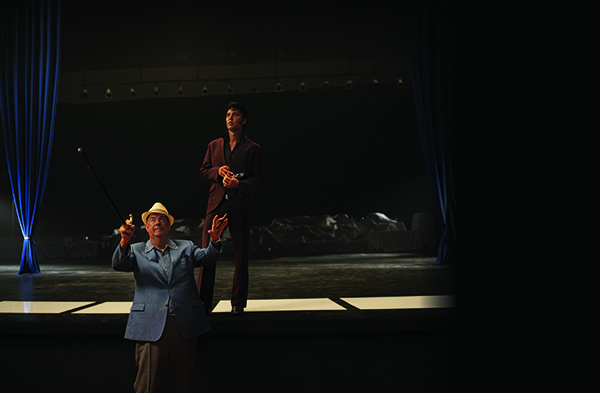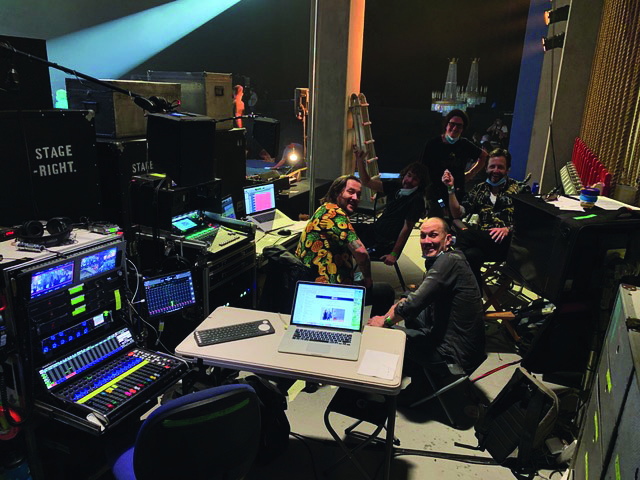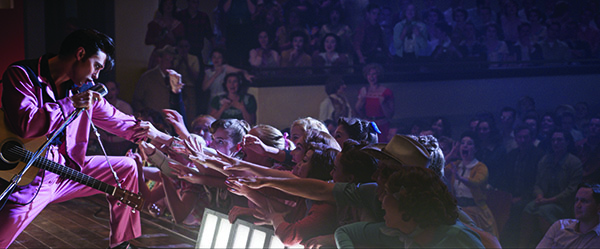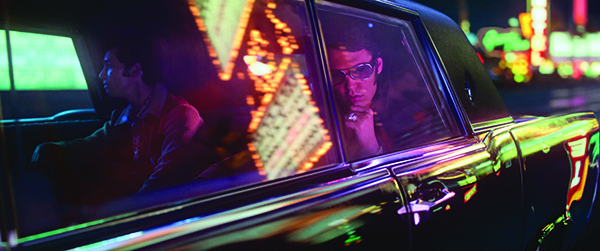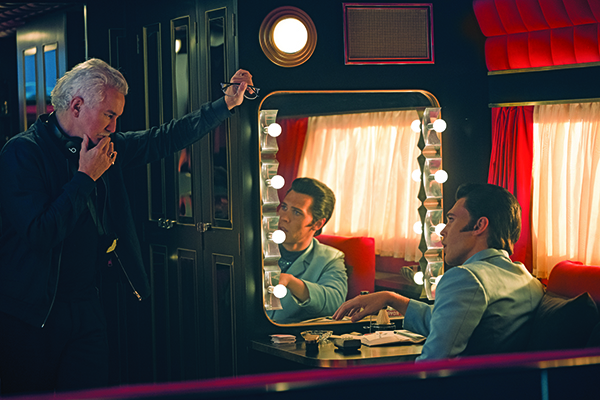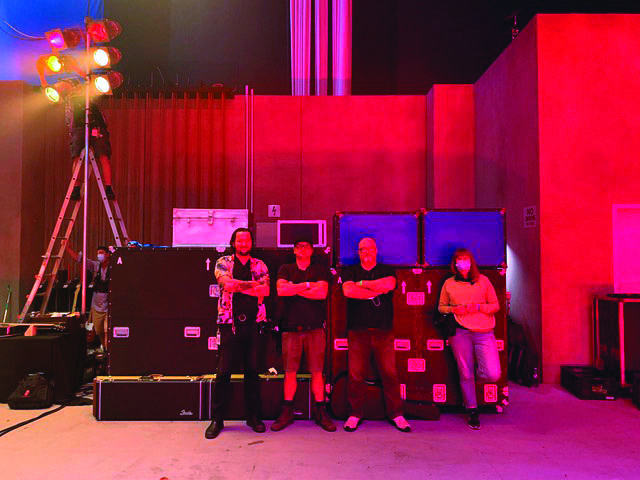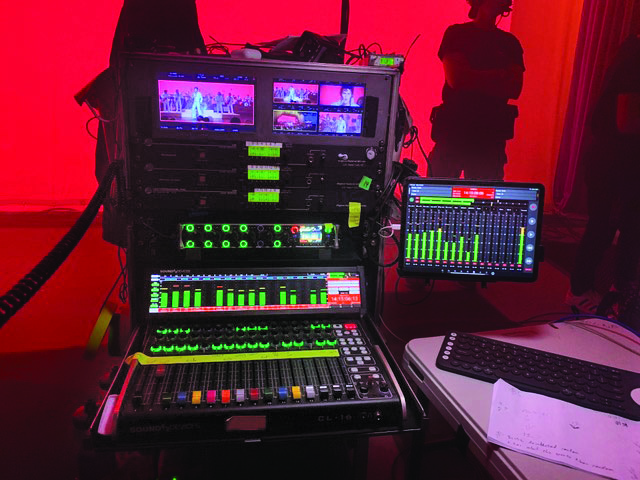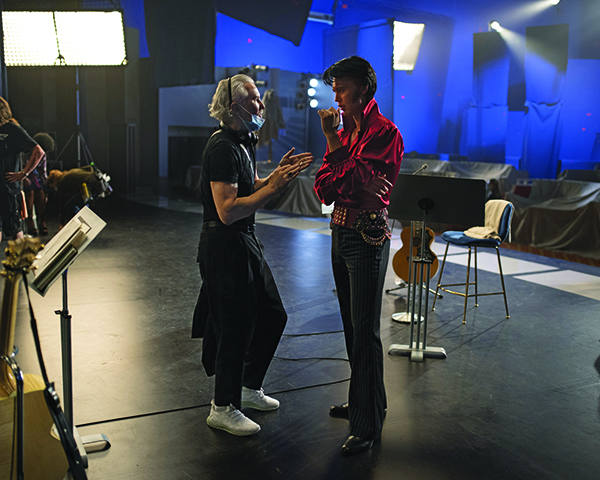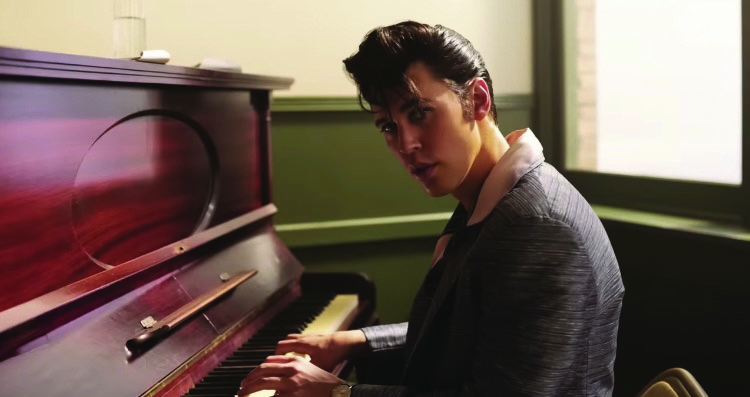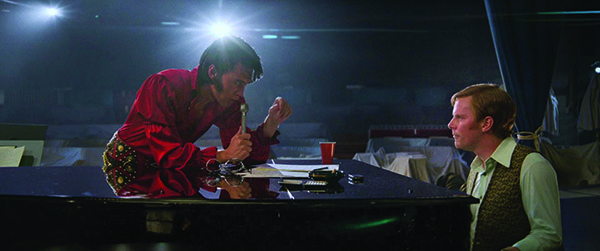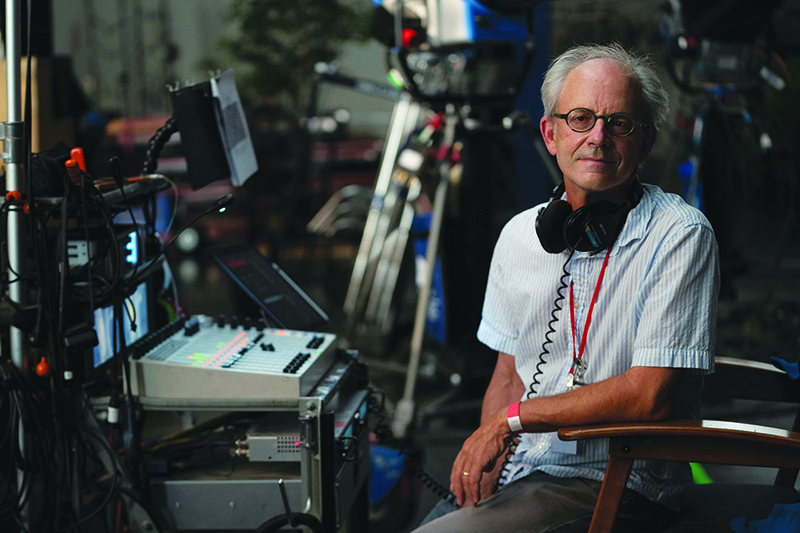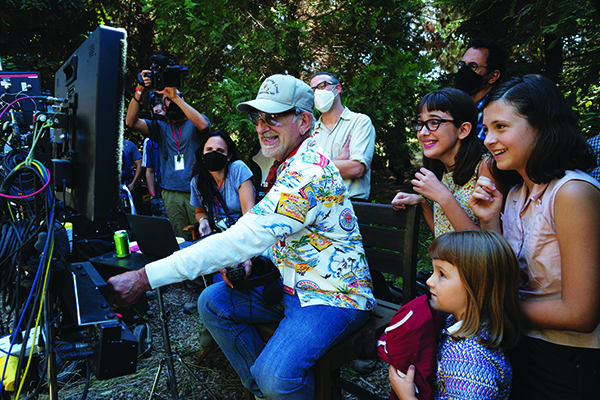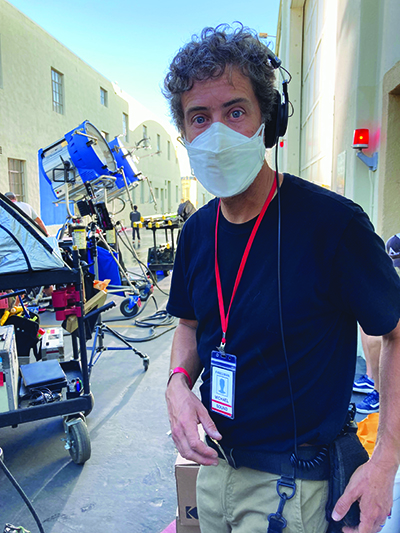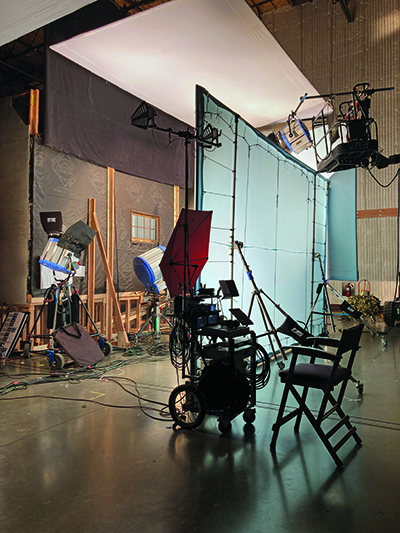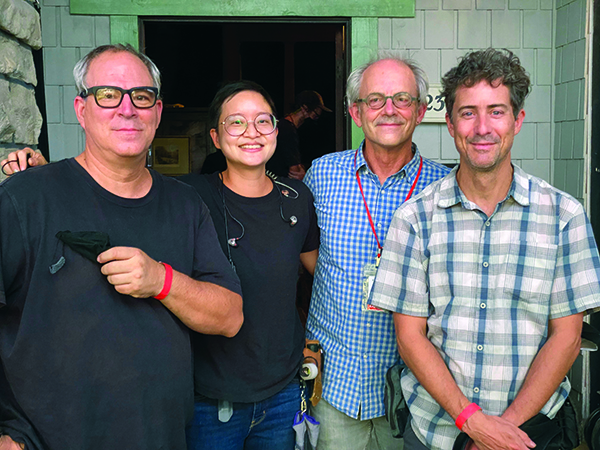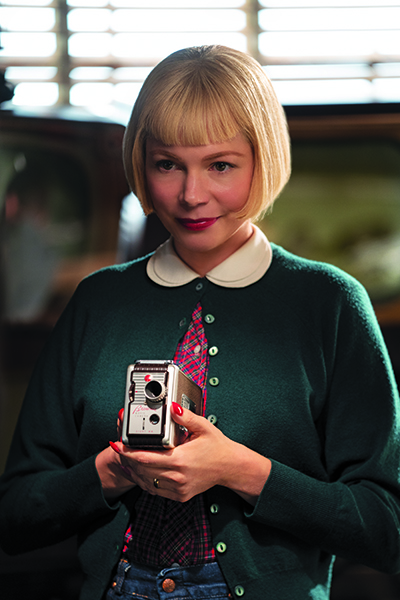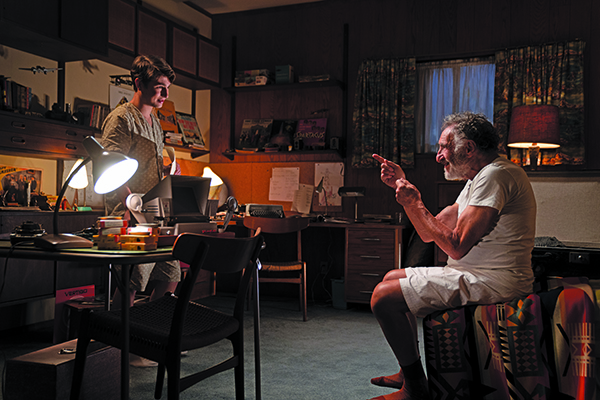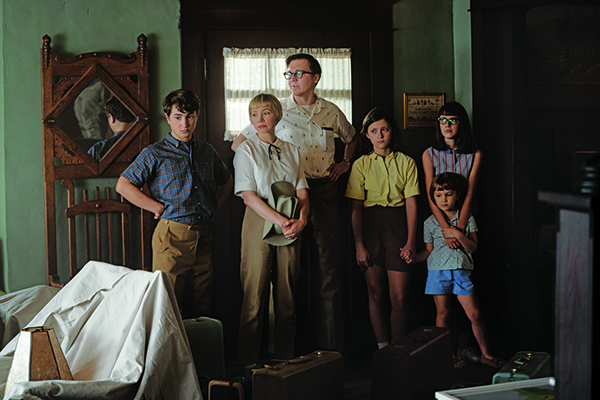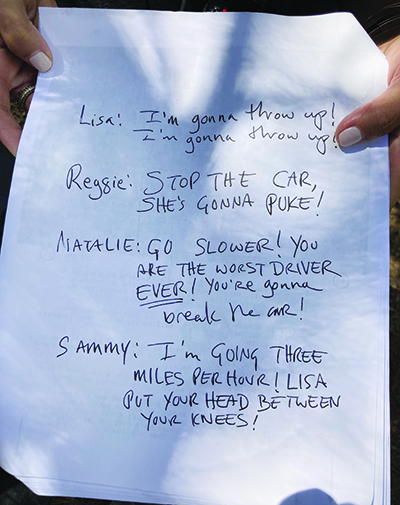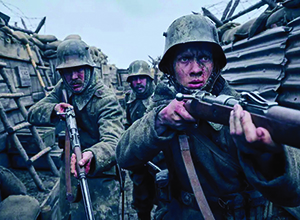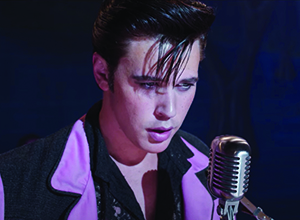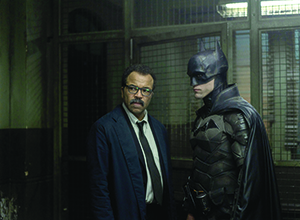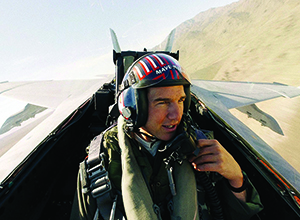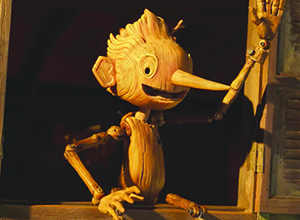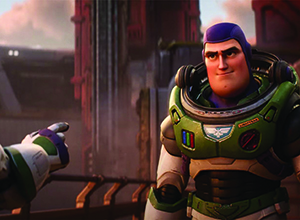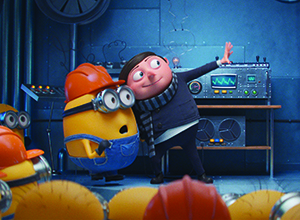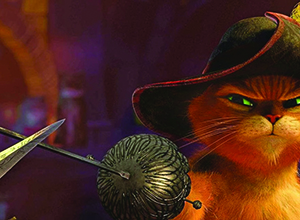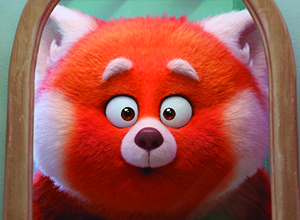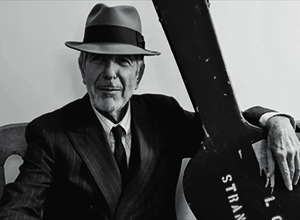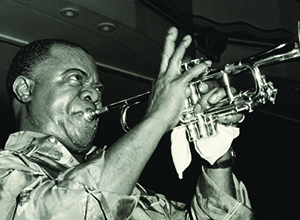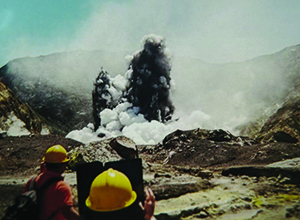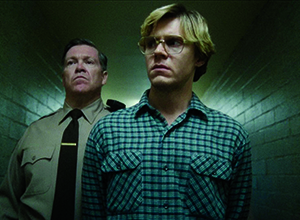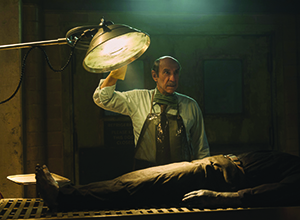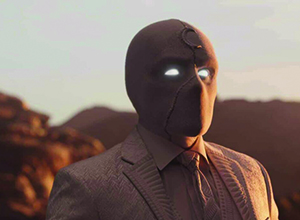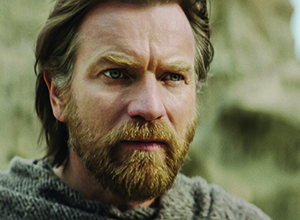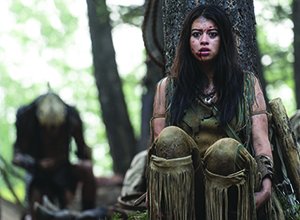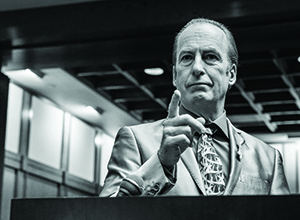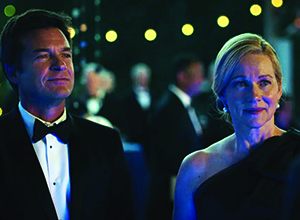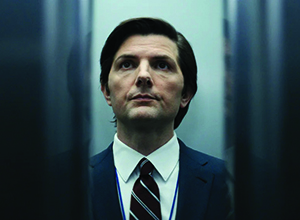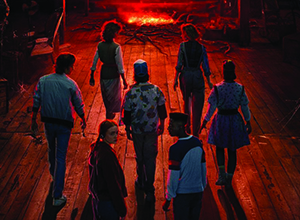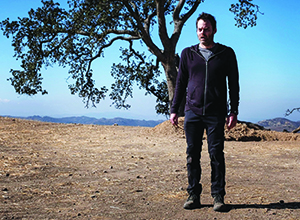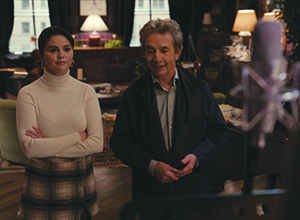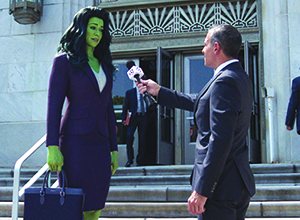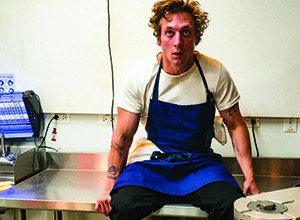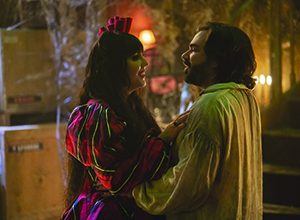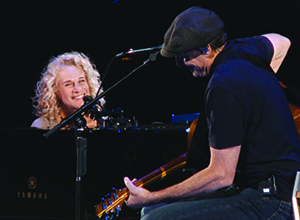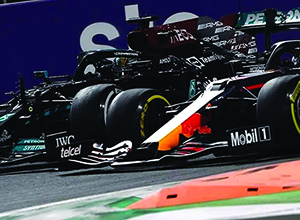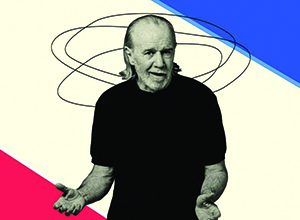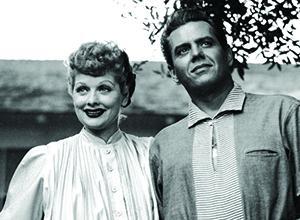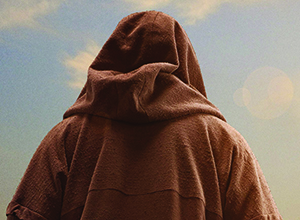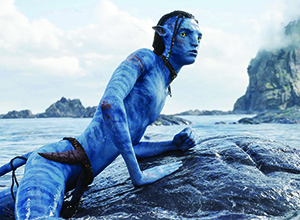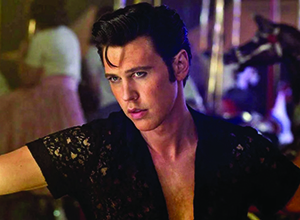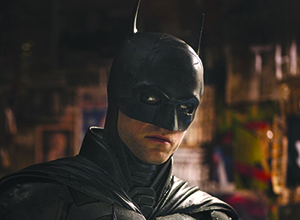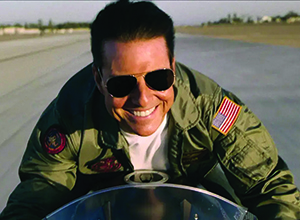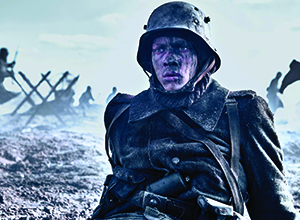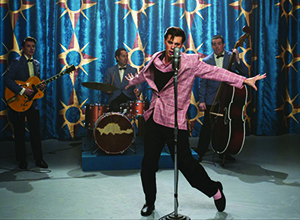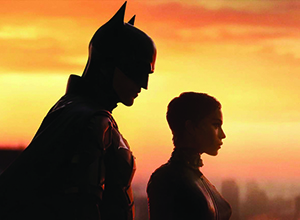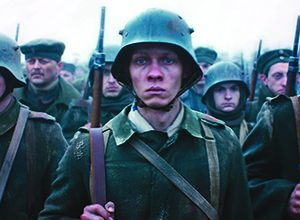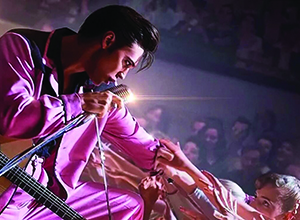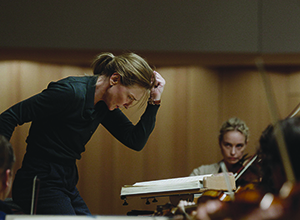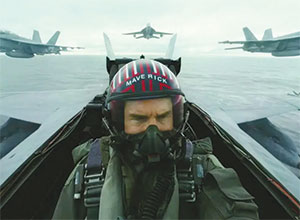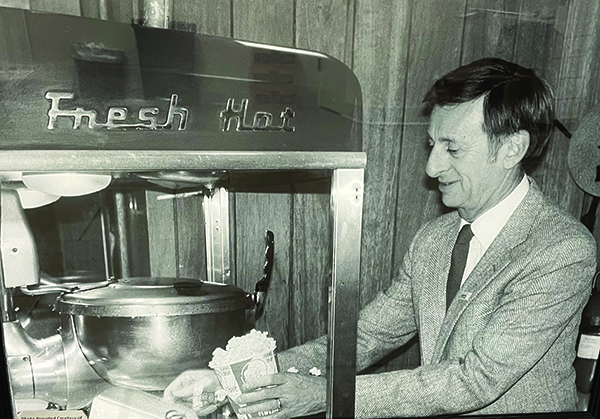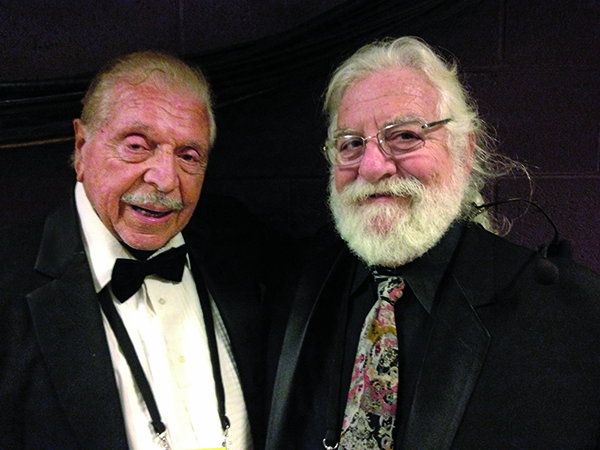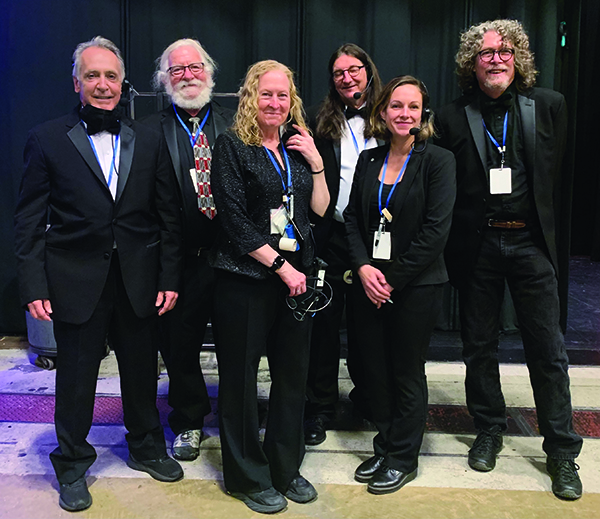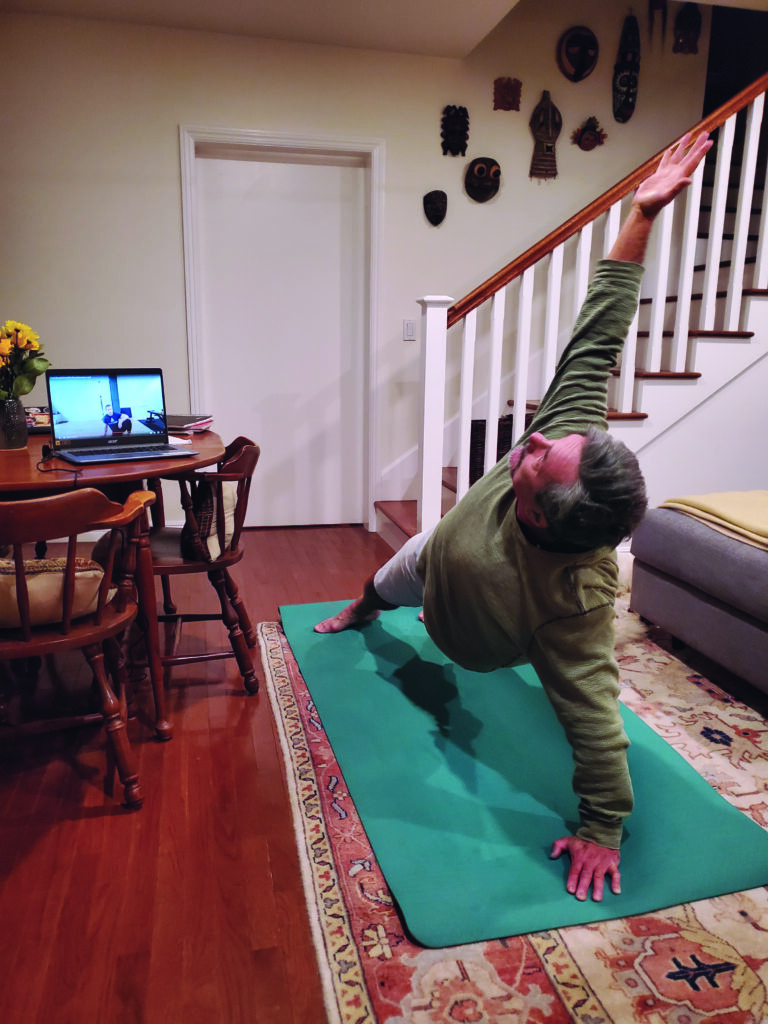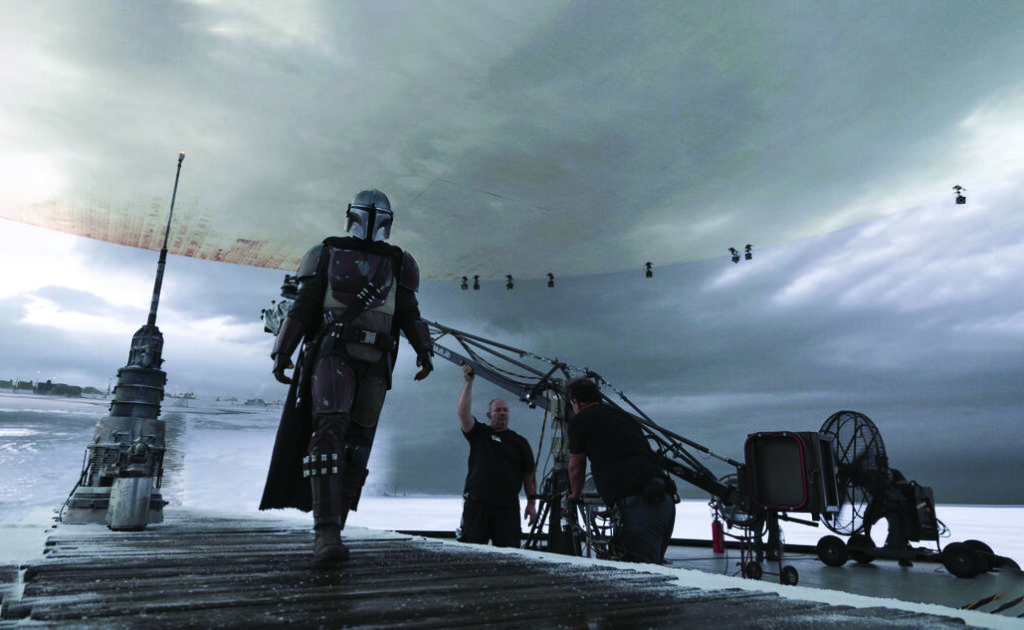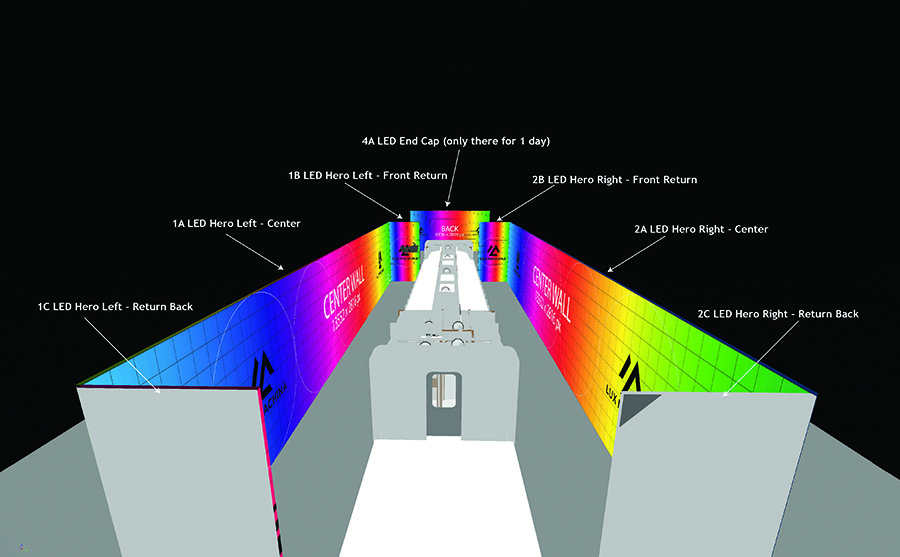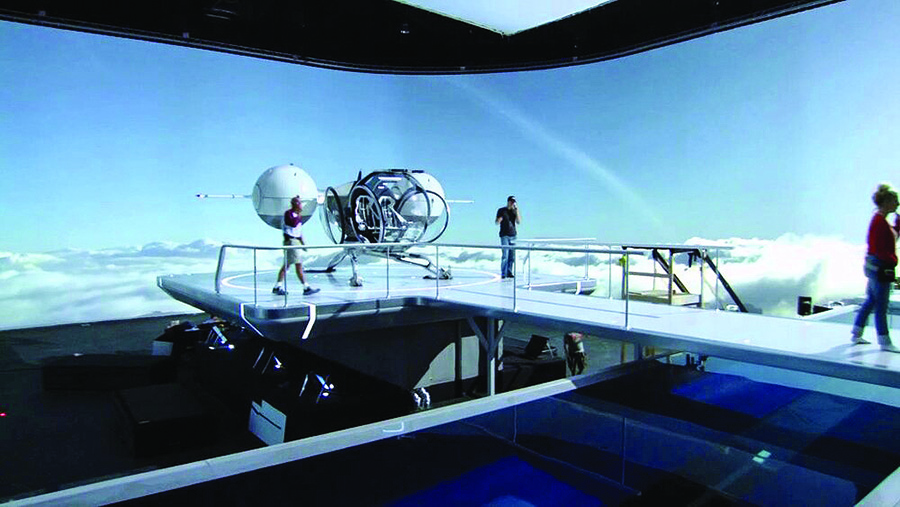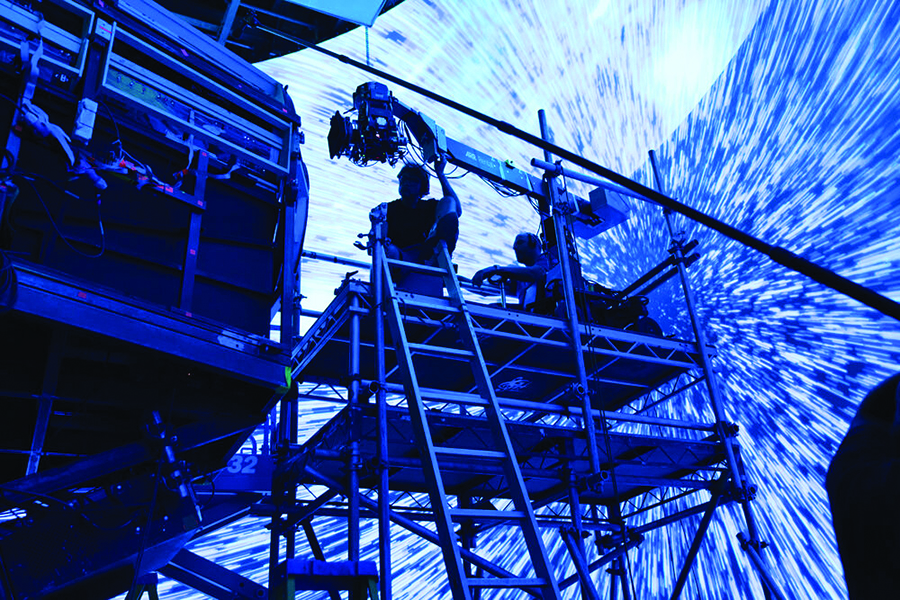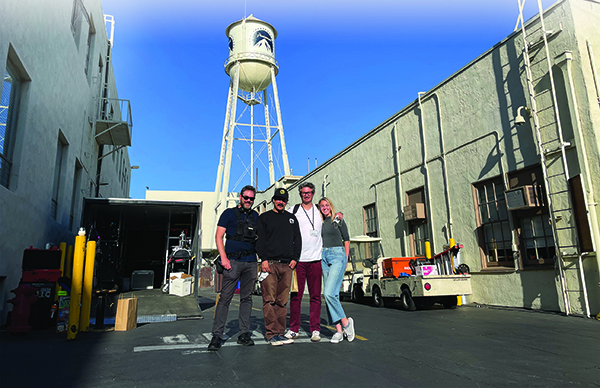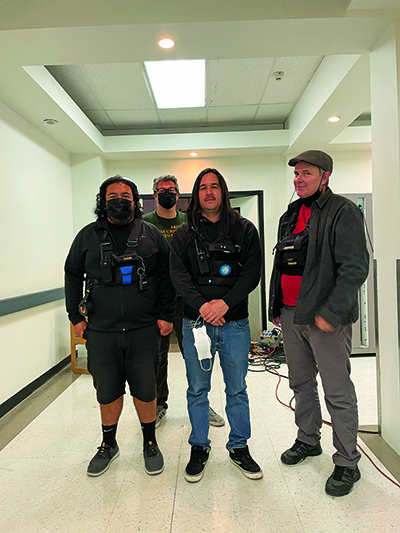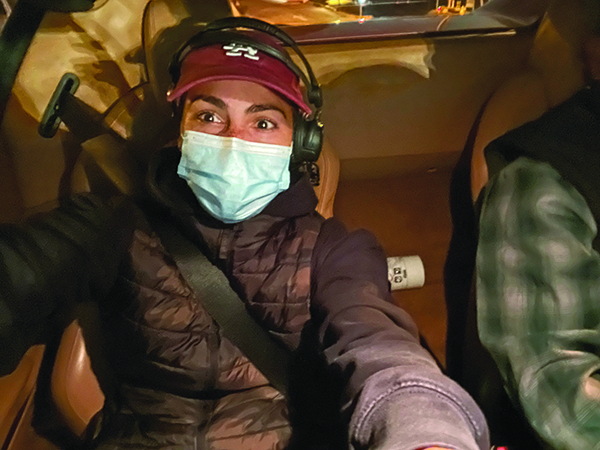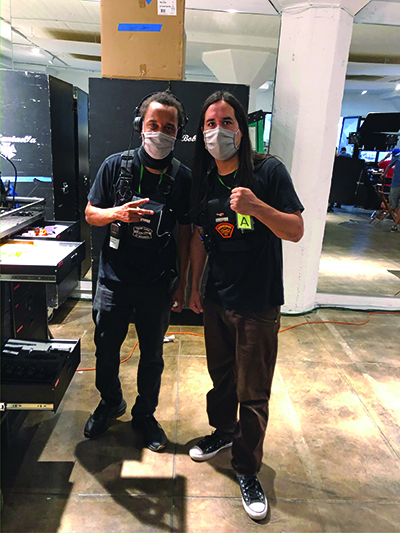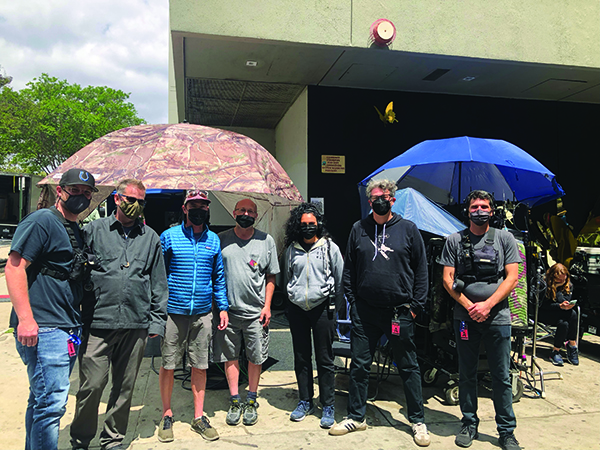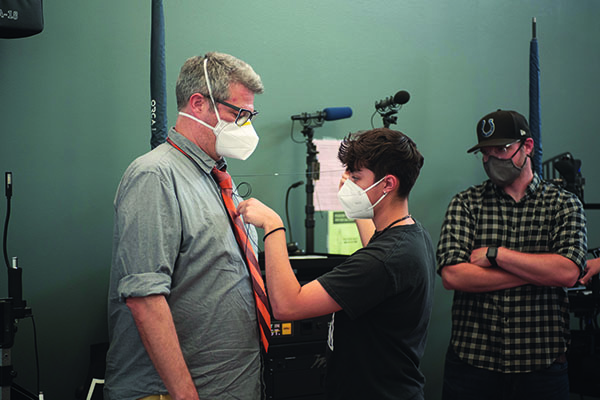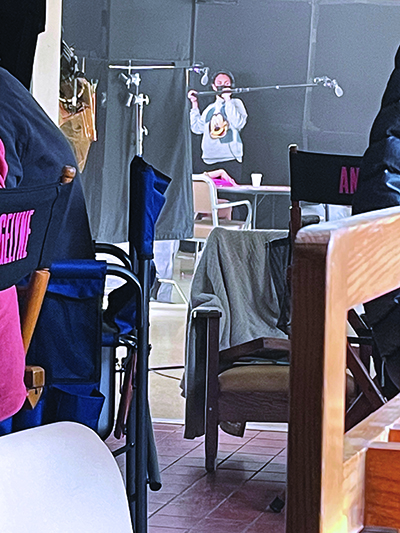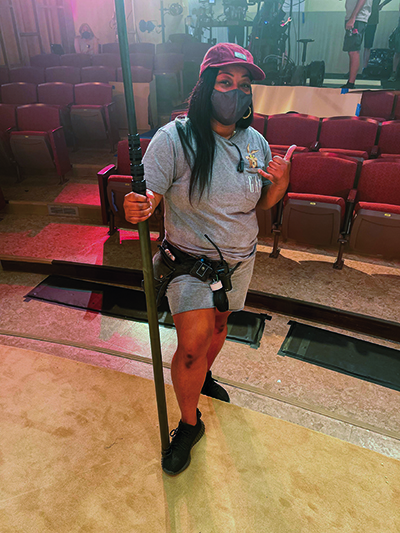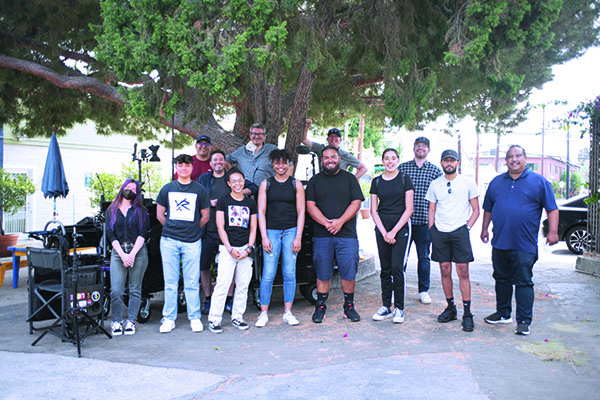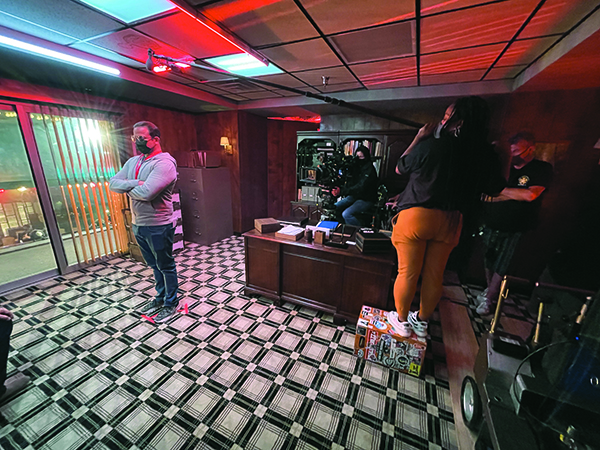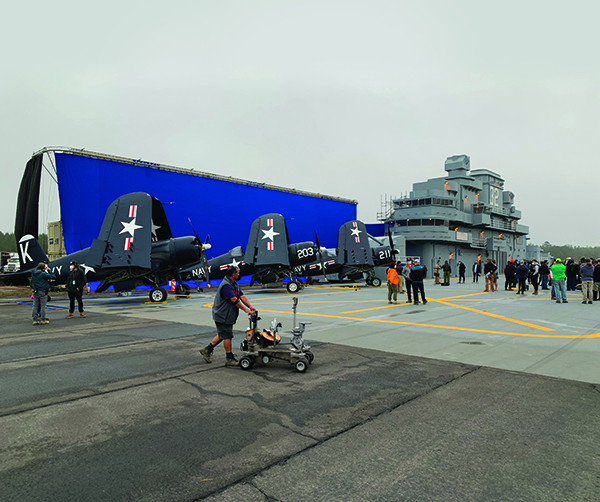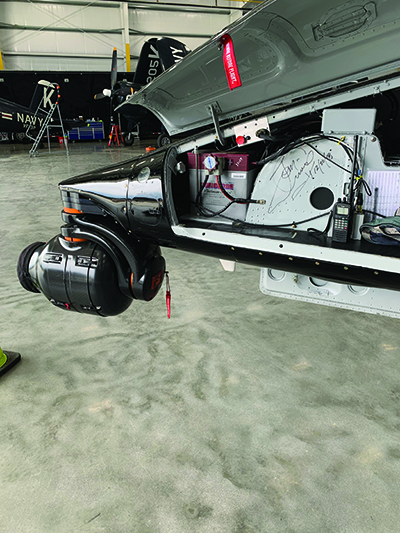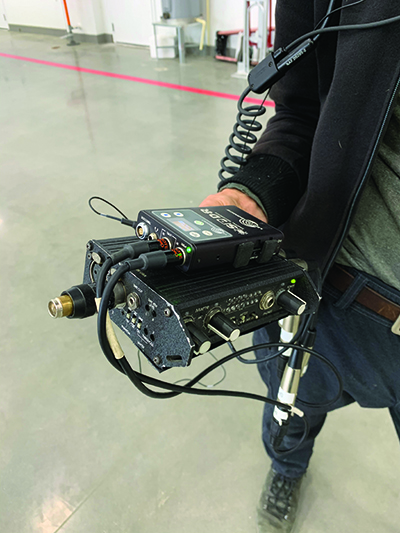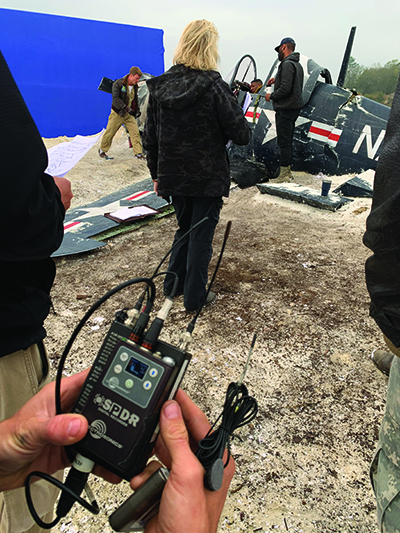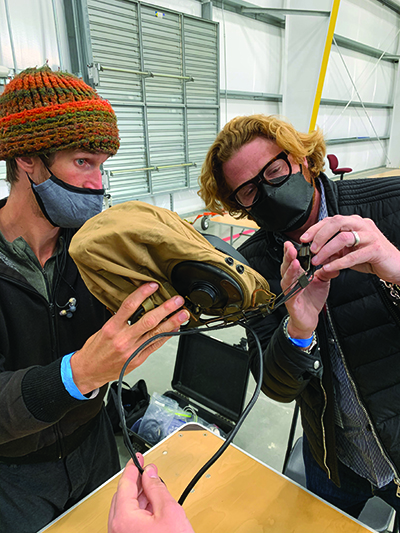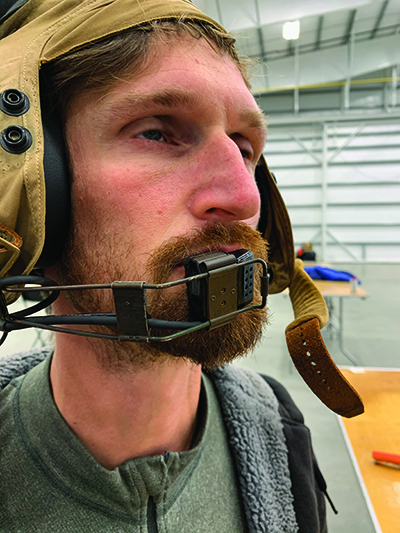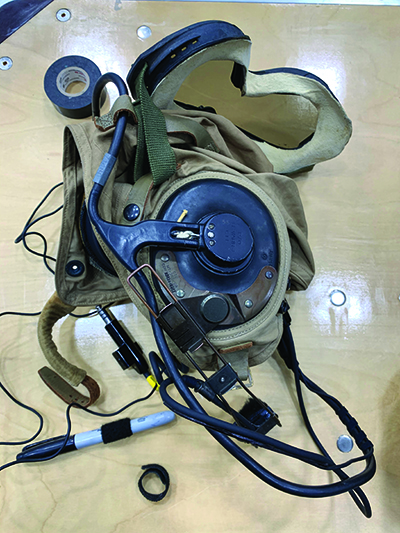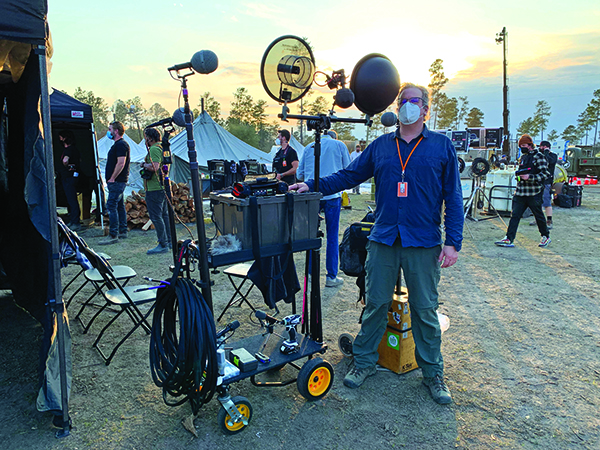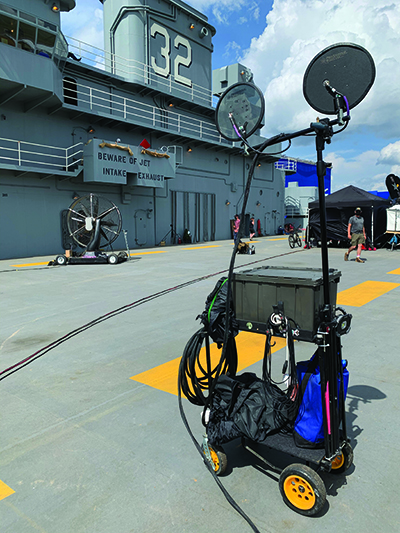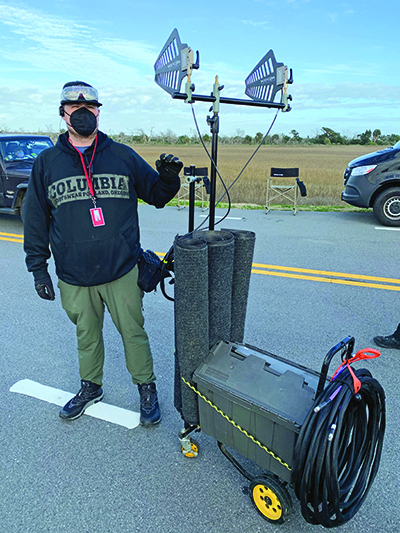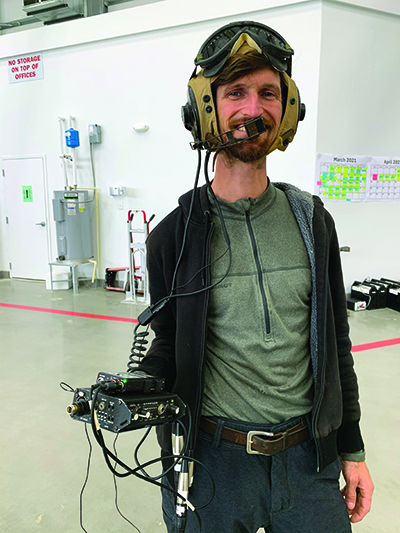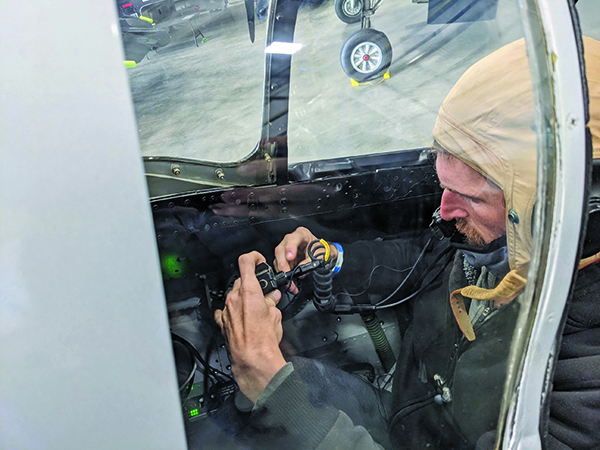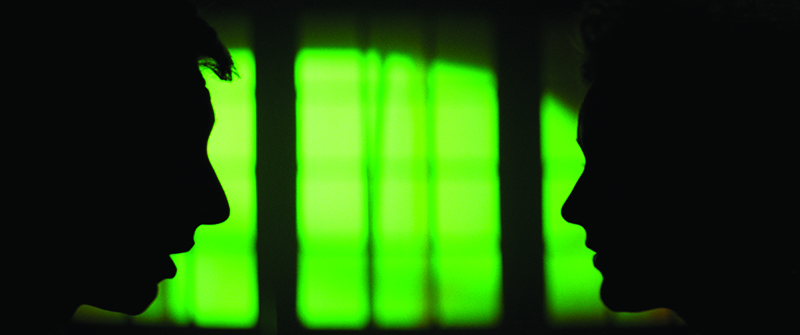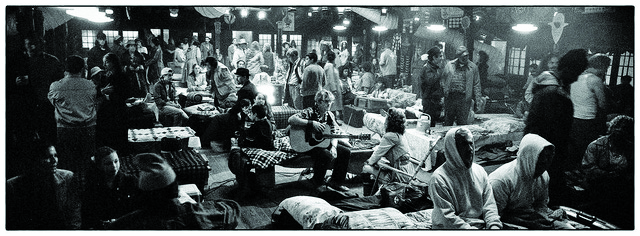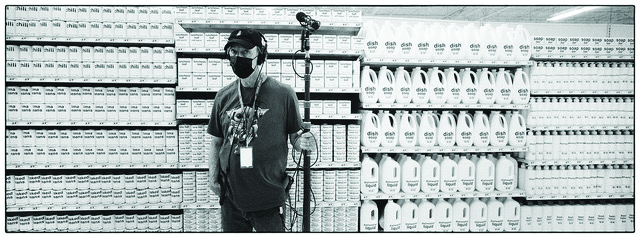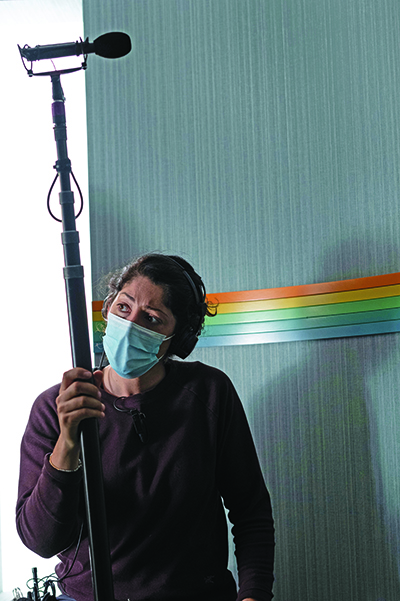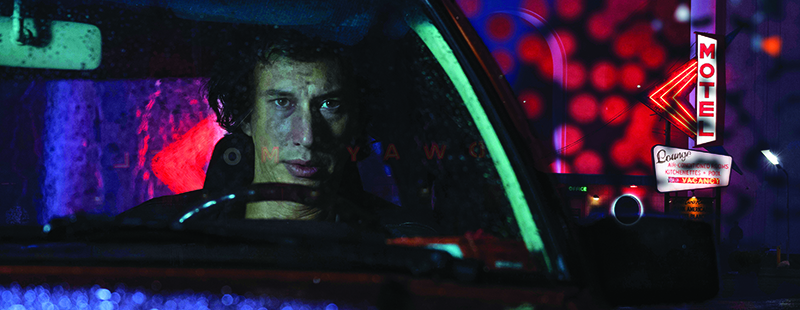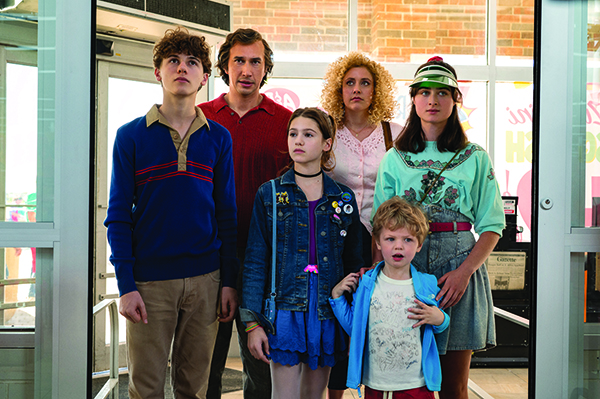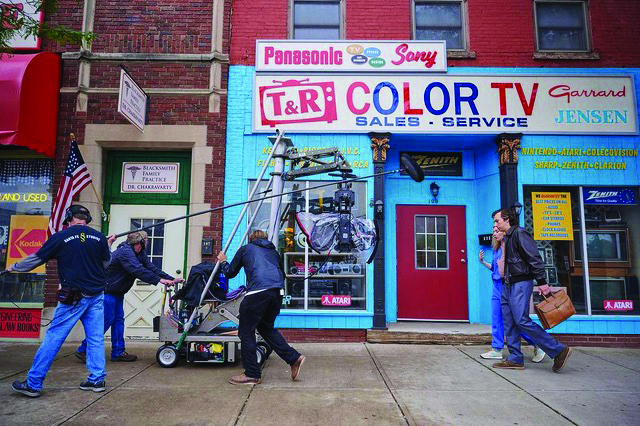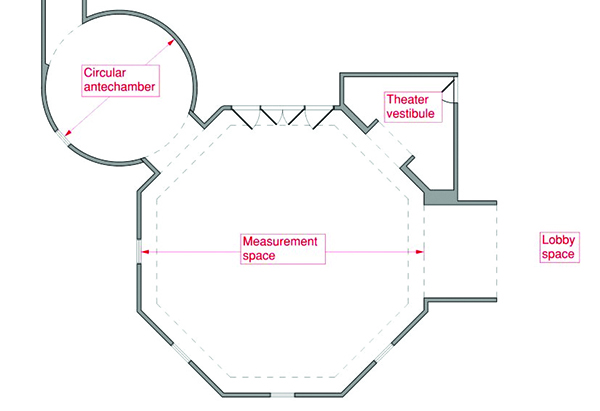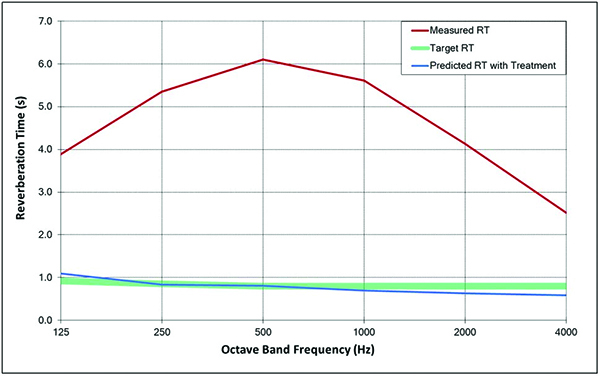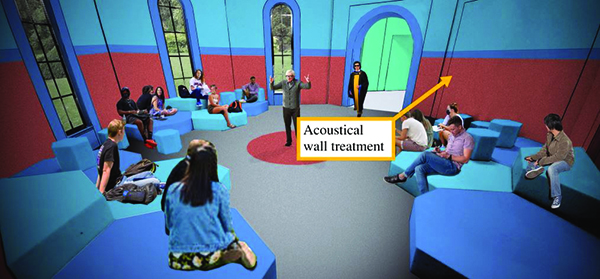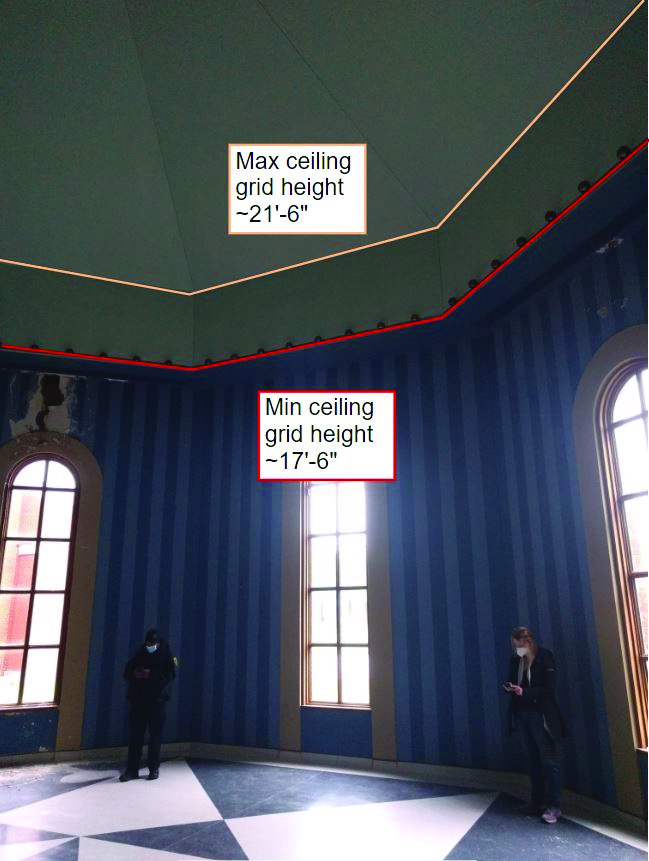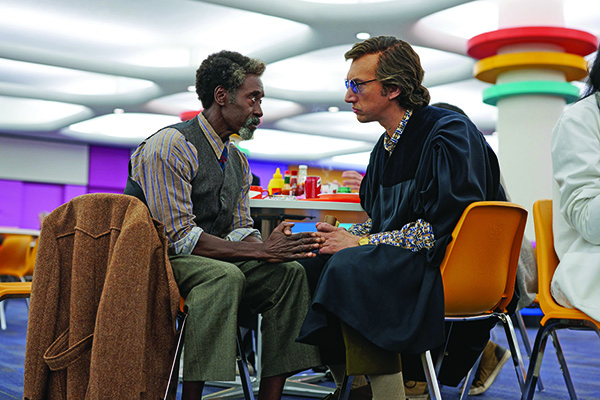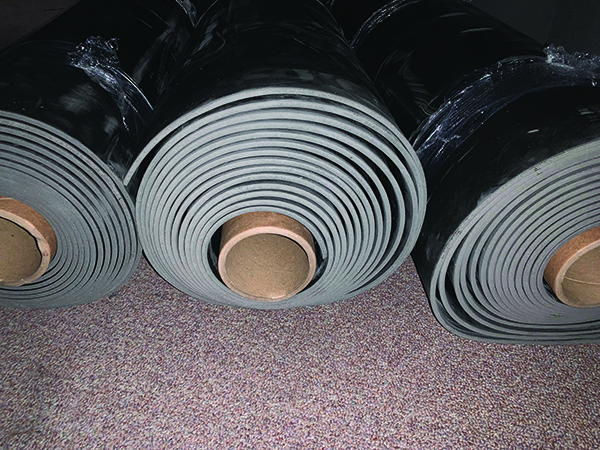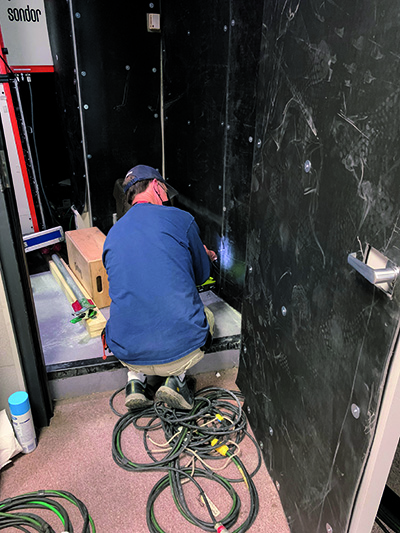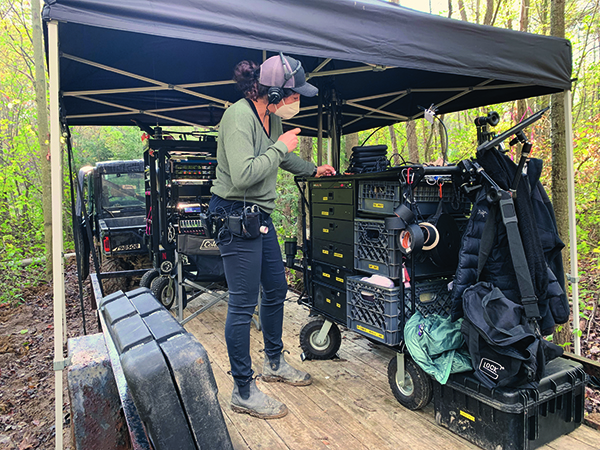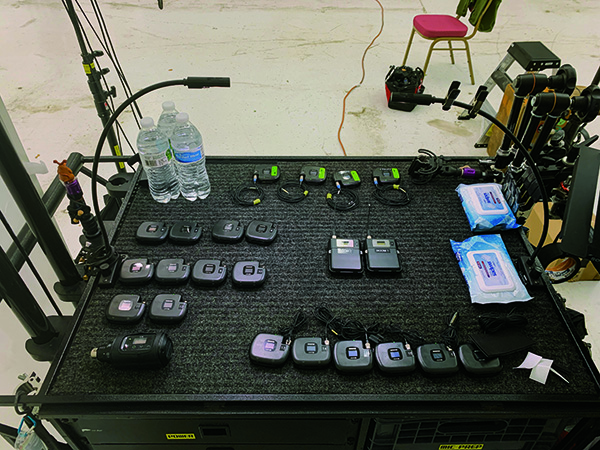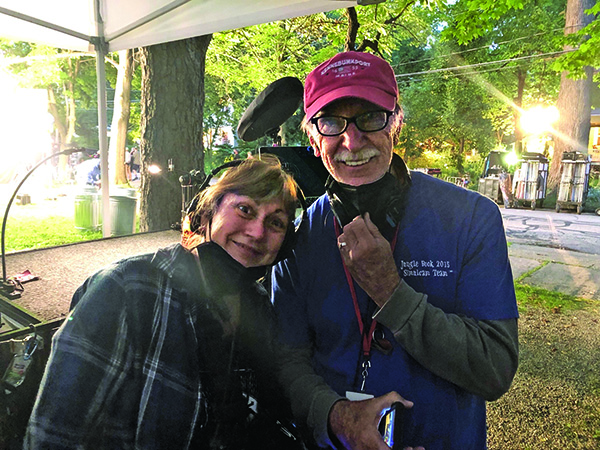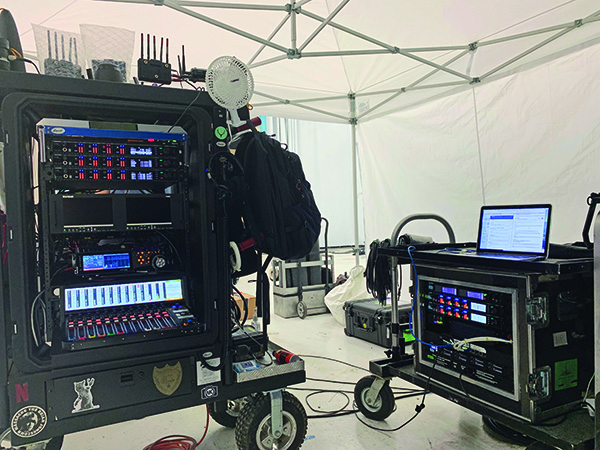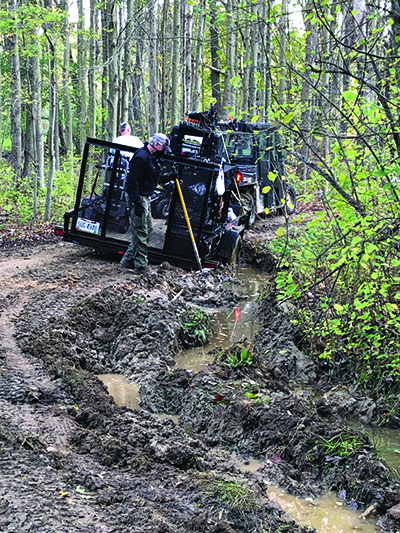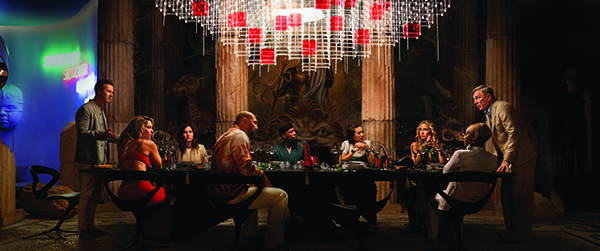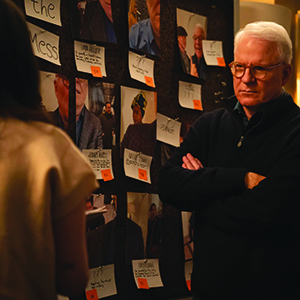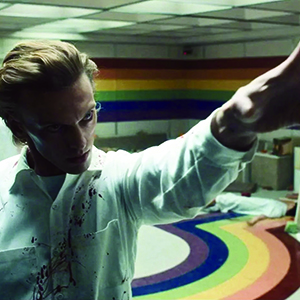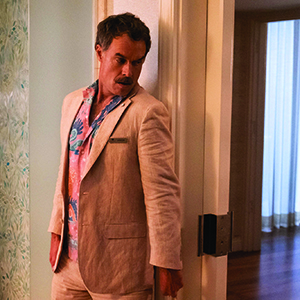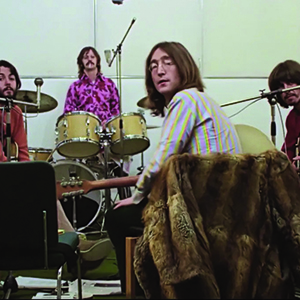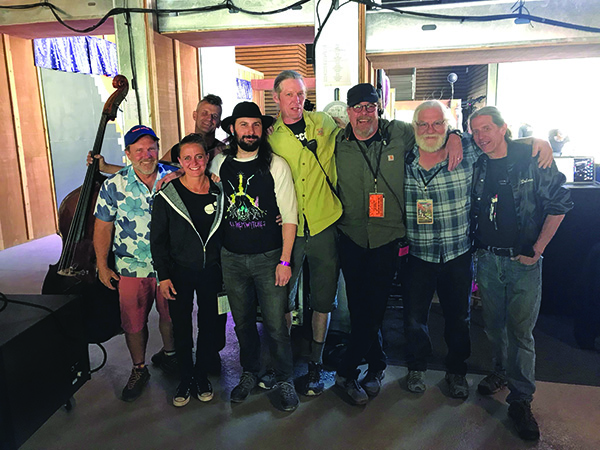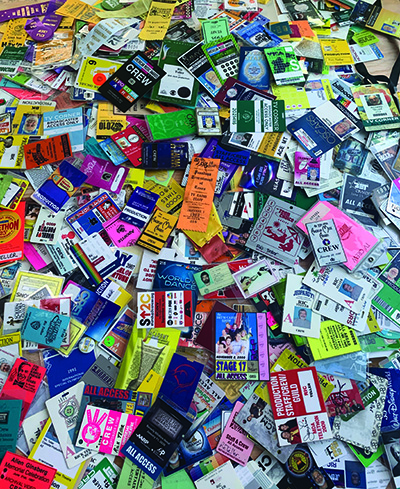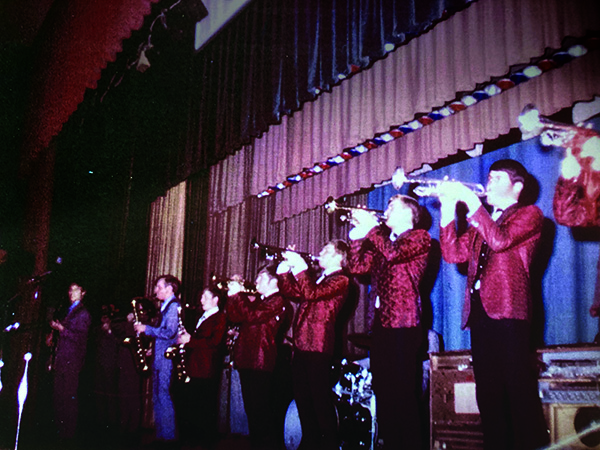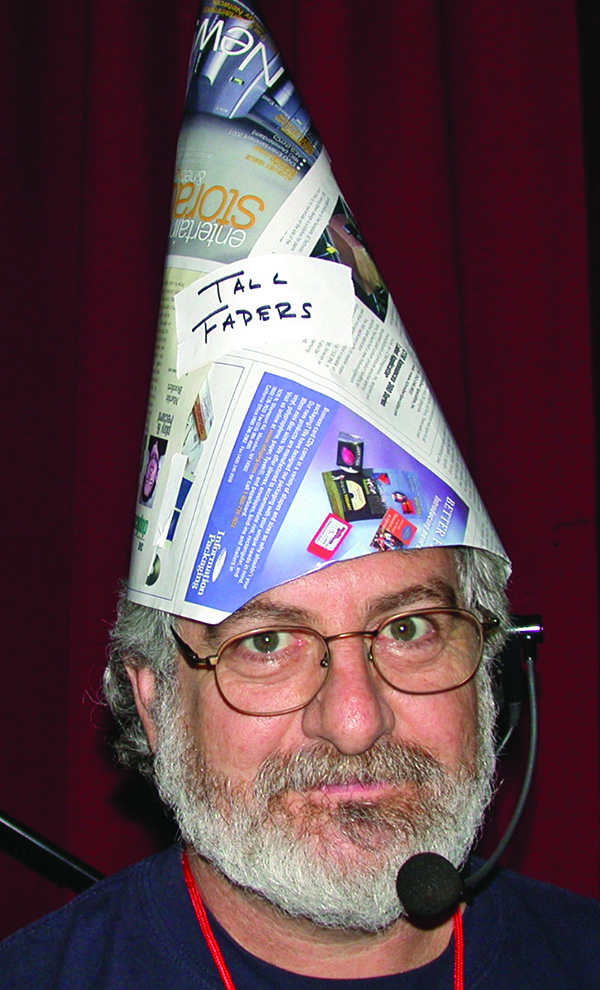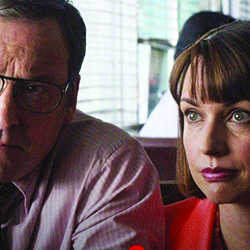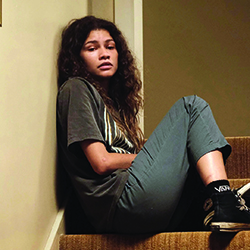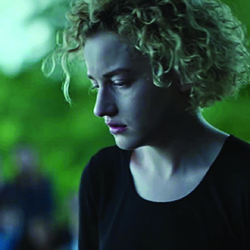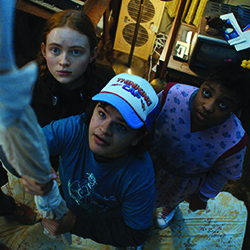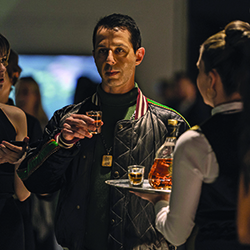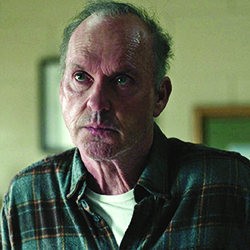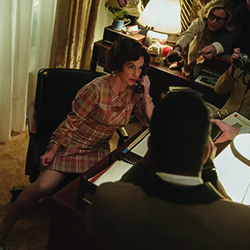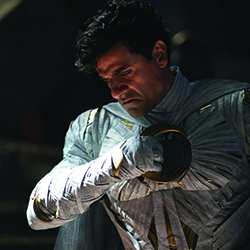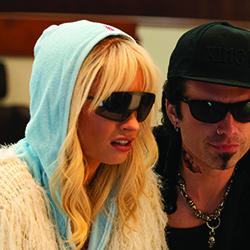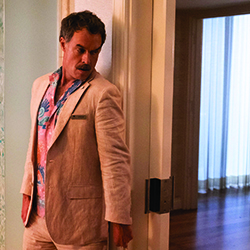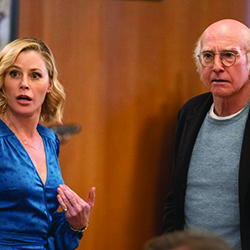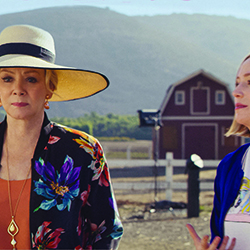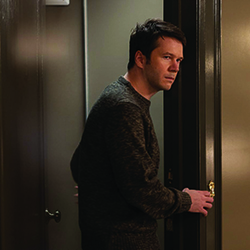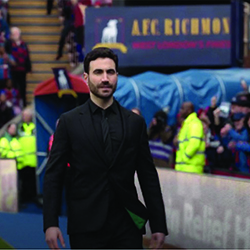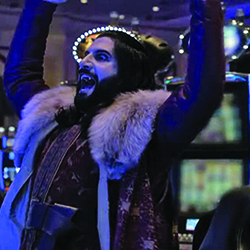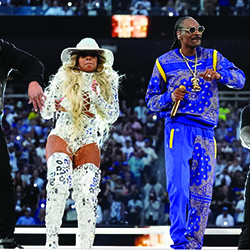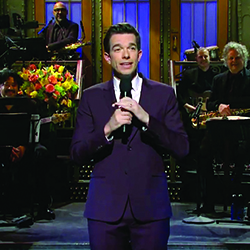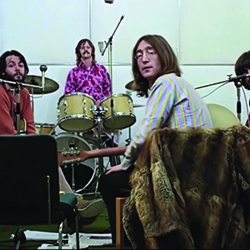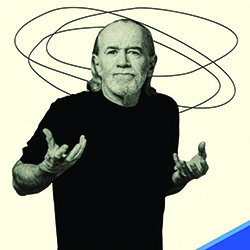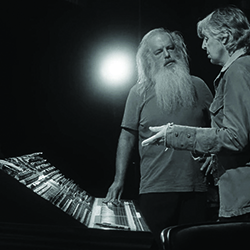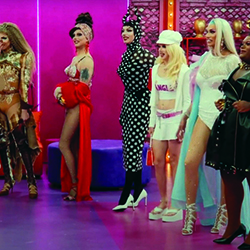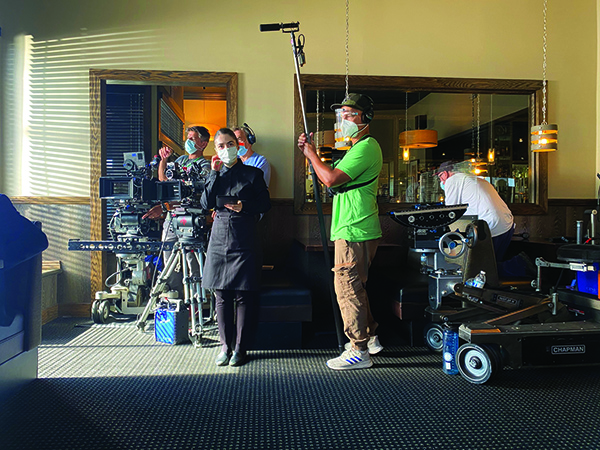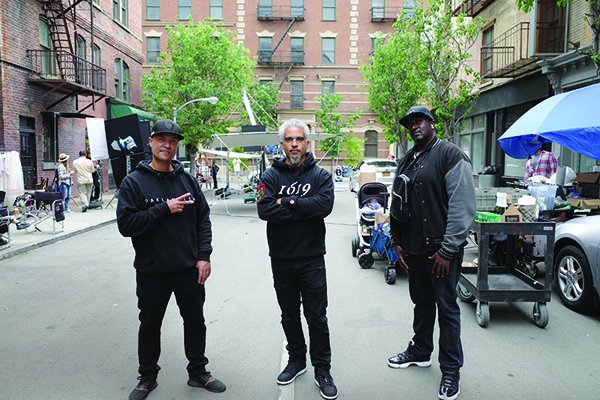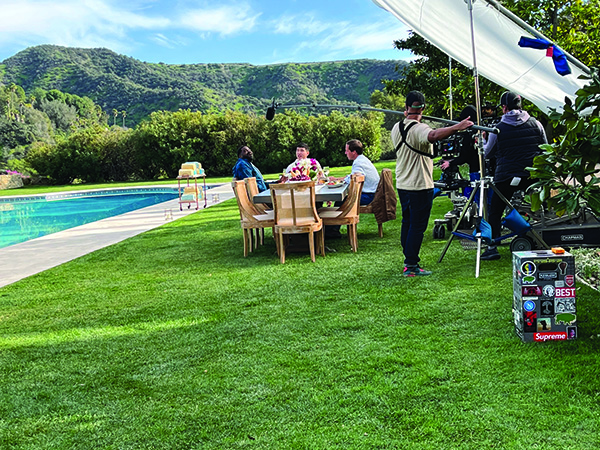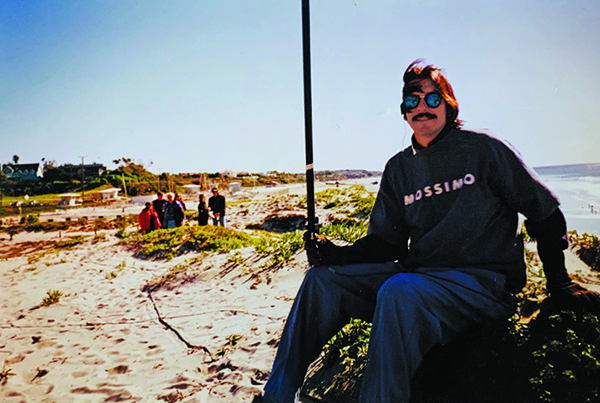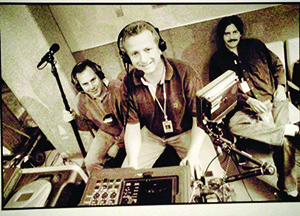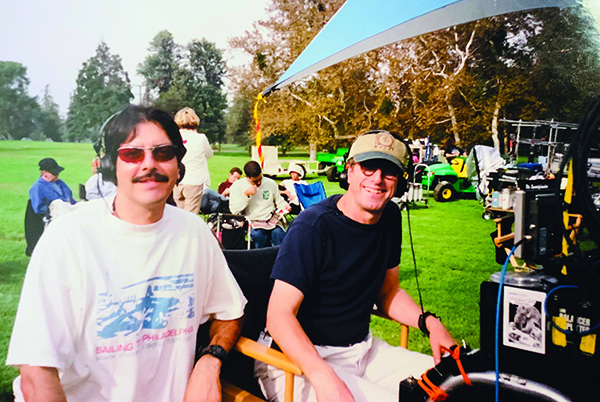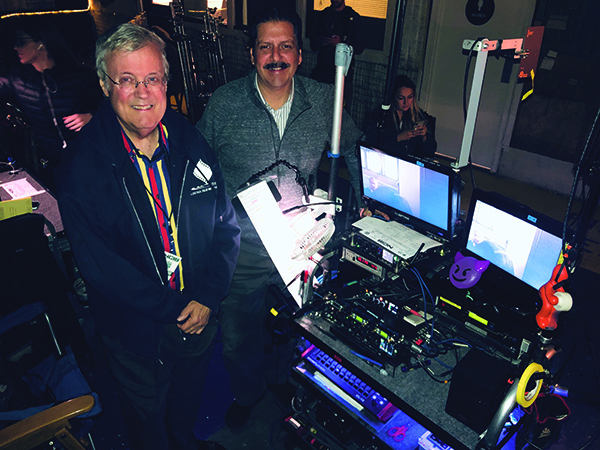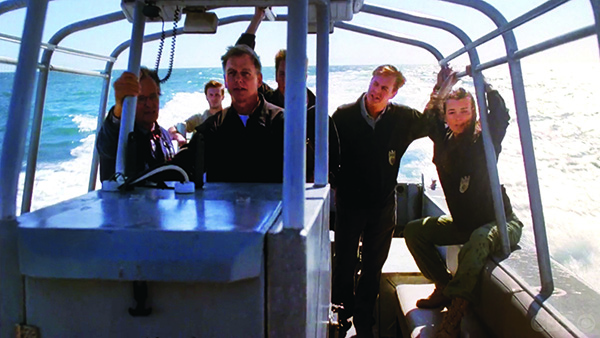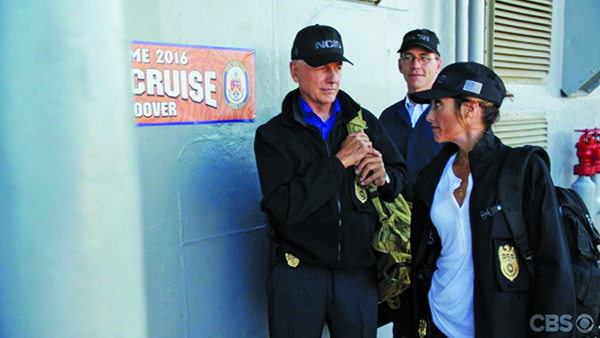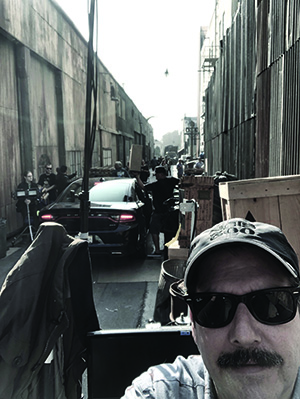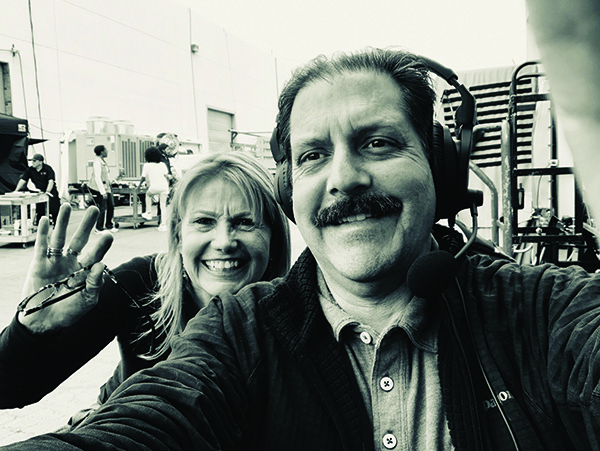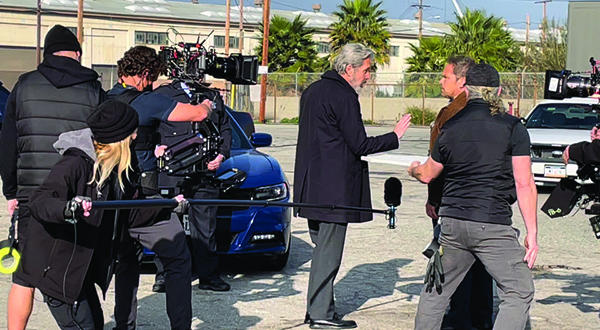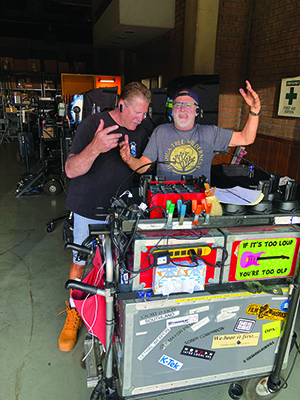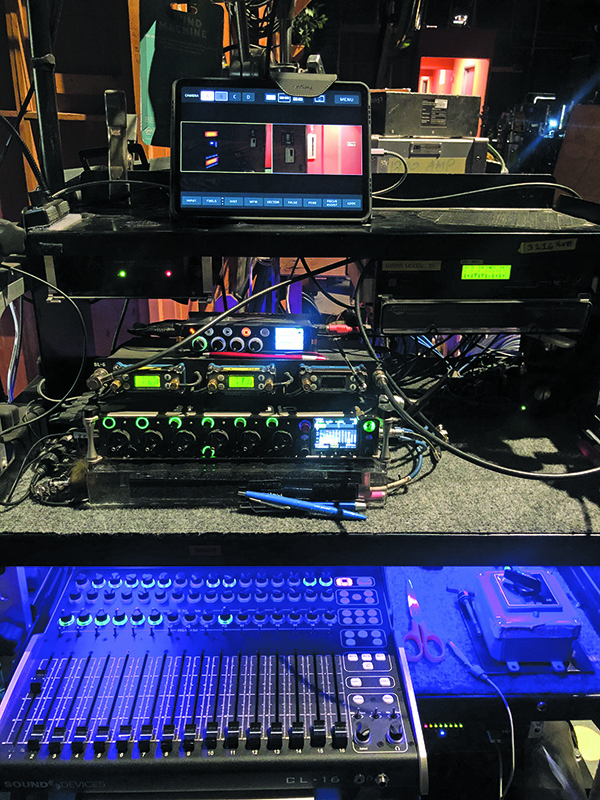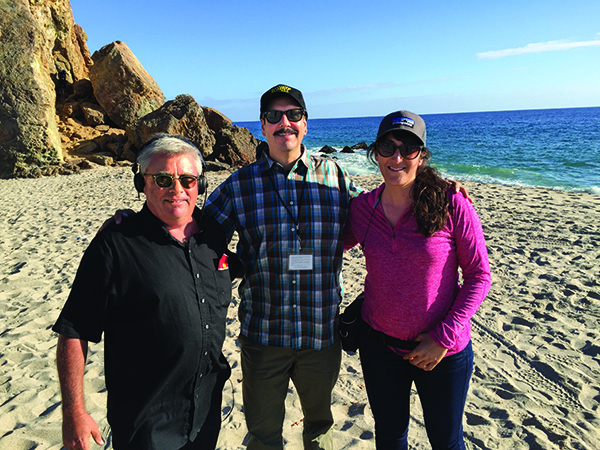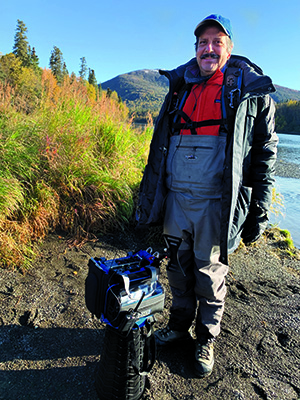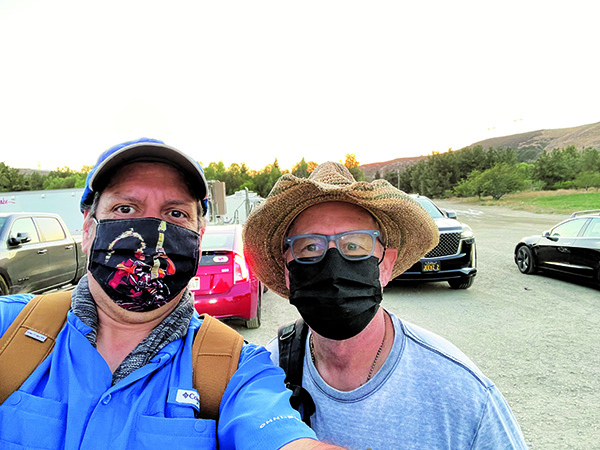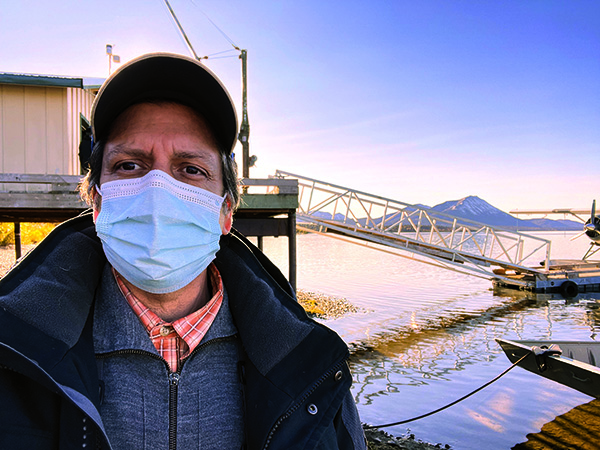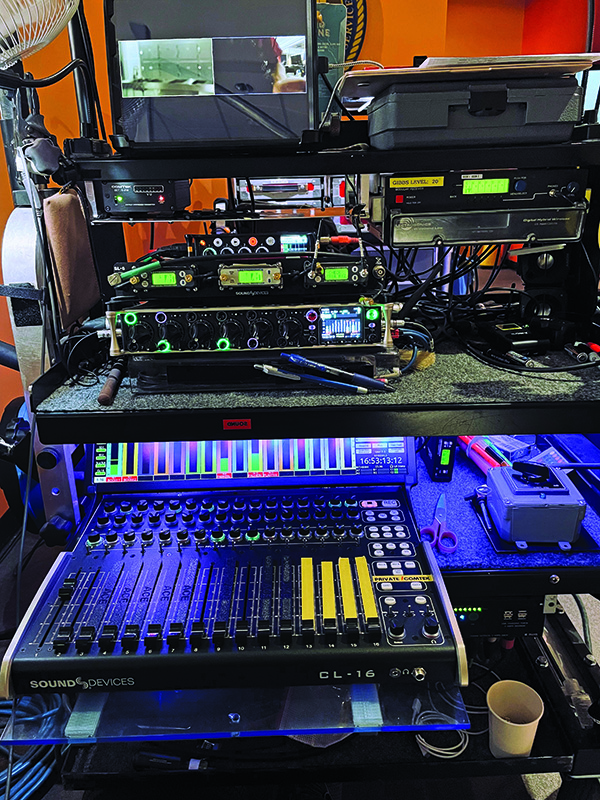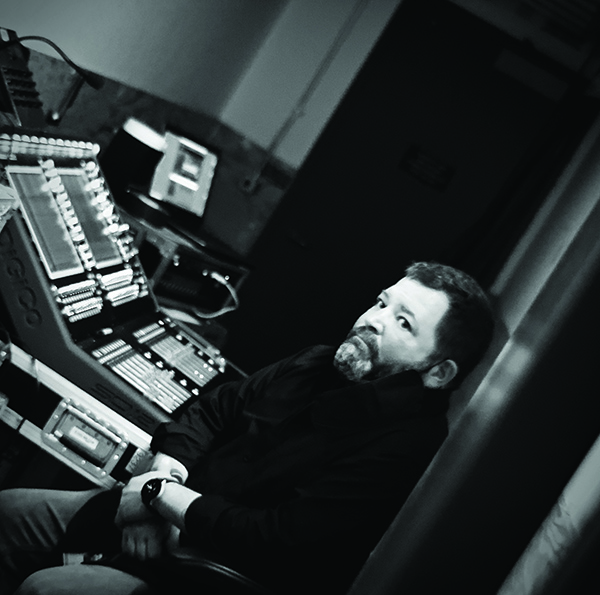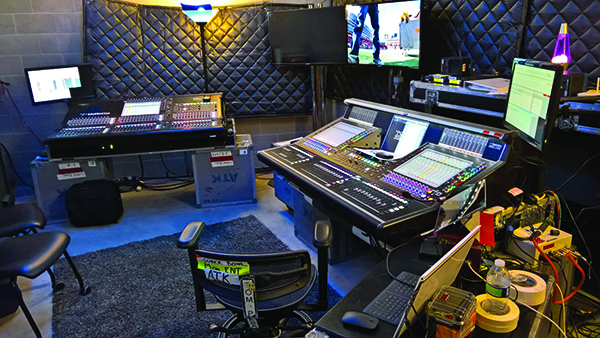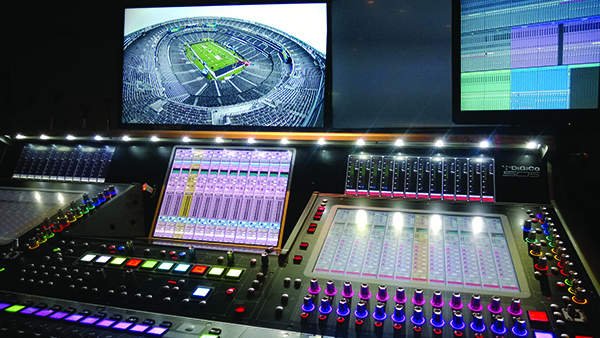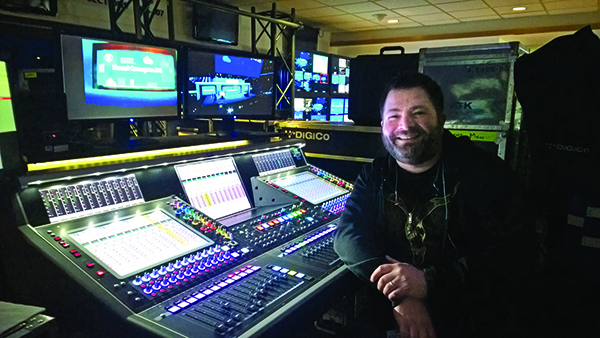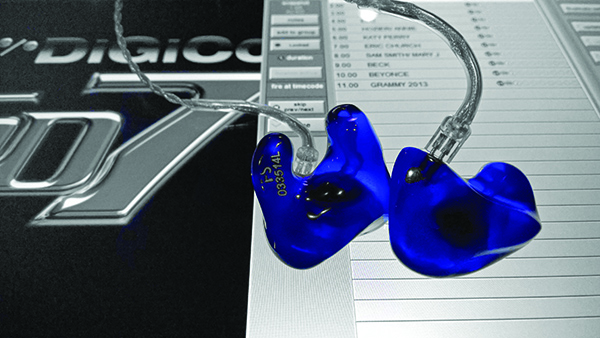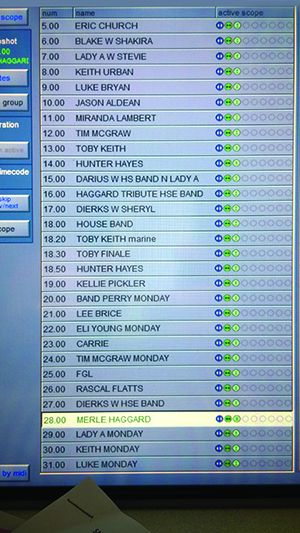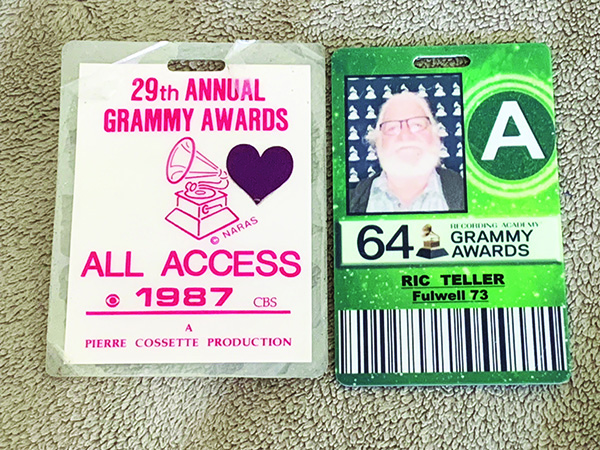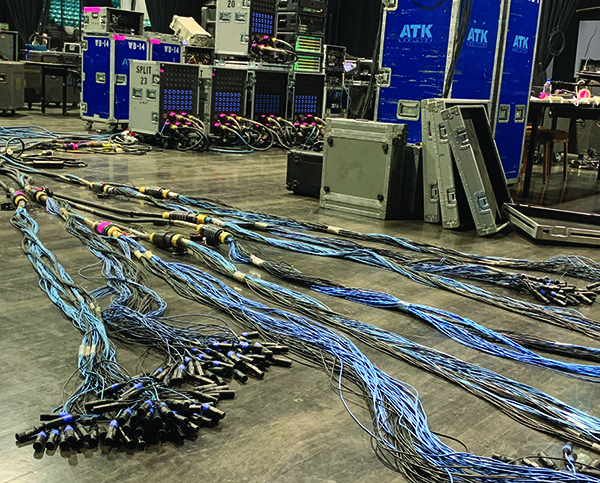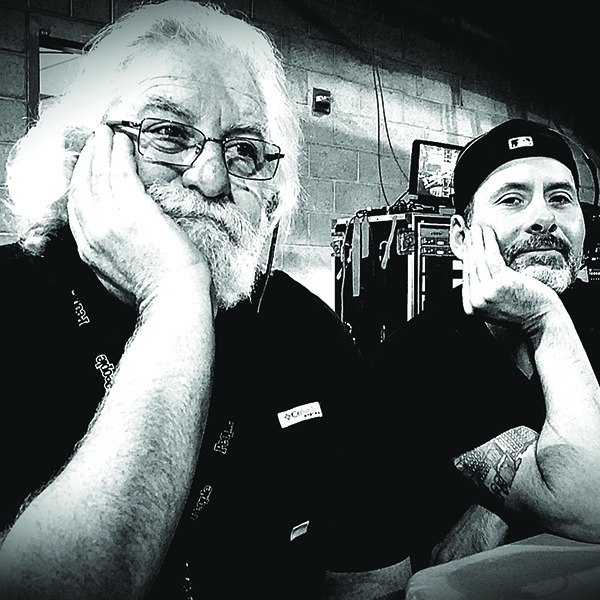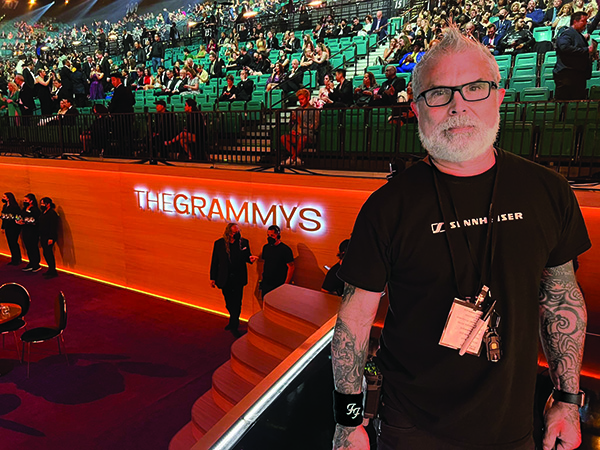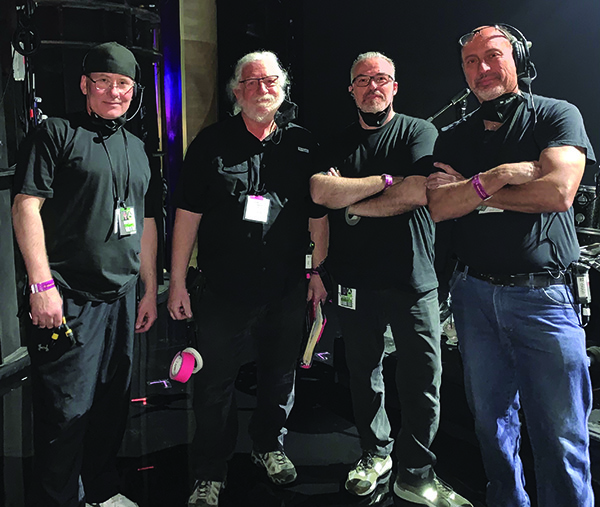by James Delhauer, featuring Eva Rismanforoush
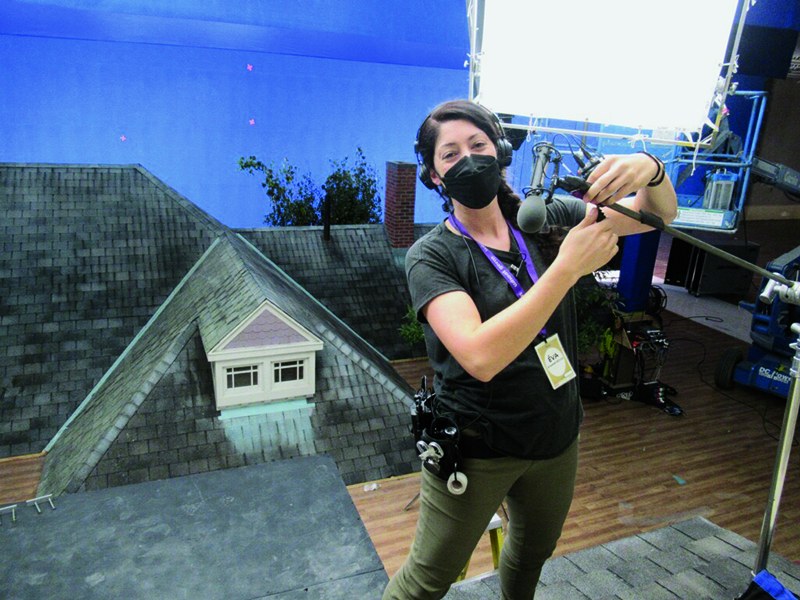
As technology continues to advance and our roles on the set continue to develop, it’s good to take stock of where things are and how they’ve changed over time. To that end, I reached out to Local 695 member Eva Rismanforoush, who was kind enough to give me some insight into her work as a Utility Sound Technician.
Q. Please tell me a little bit about your career? How did you get started in sound, and how did you come to join Local 695?
A. I grew up in a musical family. My grandfather, when young, dreamed of accompanying silent films at the piano before the talkies and, when older, worked as an Engineer at Deutsche Bahn, the German railway, where he helped design an early communication network. Not counting a few good-natured college tries, since I was young, I was inexorably linked to a career in sound.
My first introduction to production sound was at university. There, Steve Limonoff introduced me to post-production and then production sound. Steve is a talented Re-recording Mixer. I am fortunate to call him my mentor.
After graduation, determined to get a job recording sound for film, I moved to LA. I worked any available gig—within reason. The goal was to get I.E. roster verified as soon as possible. By early 2014, I finally received approval. And I still think back with great relief to the day I joined Local 695.
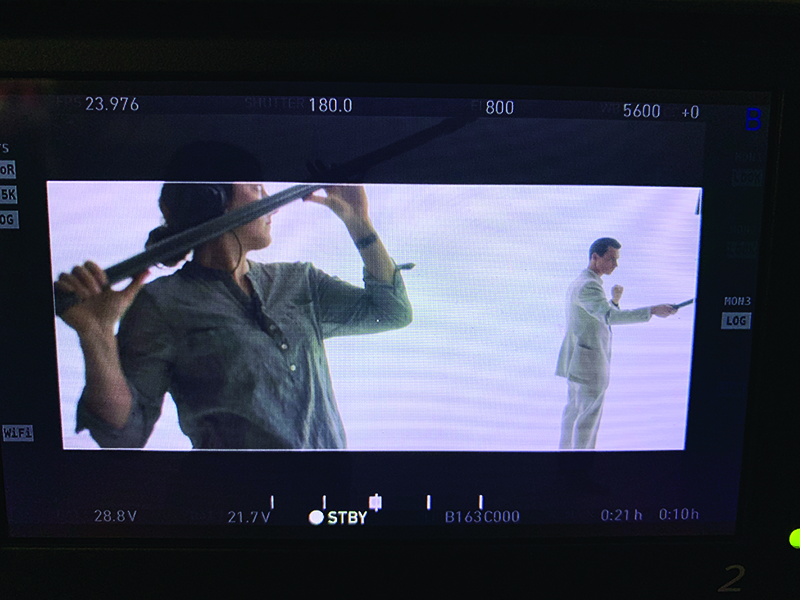
Q. Are there any particular mentors or significant team members you’d like to mention, shout out, or discuss?
A. Many. I’ve had the deep personal privilege of working with many, many great sound and video engineers. The list is longer than this interview. Two people, however, were especially important: Lisa Piñero and Randy Johnson. Both are masters of their craft and taught me with an unmatched kindness and grace. Every major opportunity I’ve an had is due to them.
Q. Name a few of the productions you’ve worked on. Are there any that are particularly significant to your career? Where you learned a lot? Tested to your limits?
A. Each production tests and expands my limits. The mixers I work for have very high standards regarding the sound they deliver, which is why I appreciate working for them.
In television or long form, The Old Man, Colin in Black & White, A Black Lady Sketch Show, and The Mandalorian had sound teams I tremendously enjoyed working with.
Films such as Marriage Story, Bombshell, Licorice Pizza, Blonde, and White Noise have been among the best and most challenging set experiences I’ve had so far.
Q. Describe the role of a sound utility on the set? What are some day-to-day activities a utility must perform?
A. The utility sound technician manages all cast-worn transmitters and lavalieres. In addition, they operate a second boom for about eighty percent of principal photography. The position also requires handling timecode equipment and all client-listening devices. Units regularly surpass twenty on dramatic productions. The utility also operates specialty equipment such as voice of god, earwigs, playback speakers, and sound proofing. In between setups, the utility interfaces with the production office regarding equipment rentals, replacements, and logistics. They keep the Sound Department’s payroll and clerical records. And those are just the core tasks—every production comes with its own delightful surprises.
Q. In your experience, has the role of the sound utility changed during your career? Has it gotten easier or harder?
A. It has gotten a lot more challenging but also more fun. The increase in responsibilities has become considerable, especially on sets where actors are expected to wear a radio mic at all times. The job has evolved from running cables for the boom operator to becoming a full-scale operating position. Responsibilities now include managing and maintaining all wireless equipment—a formidable evolution of the language in our contract, which was written in the early 1970s.
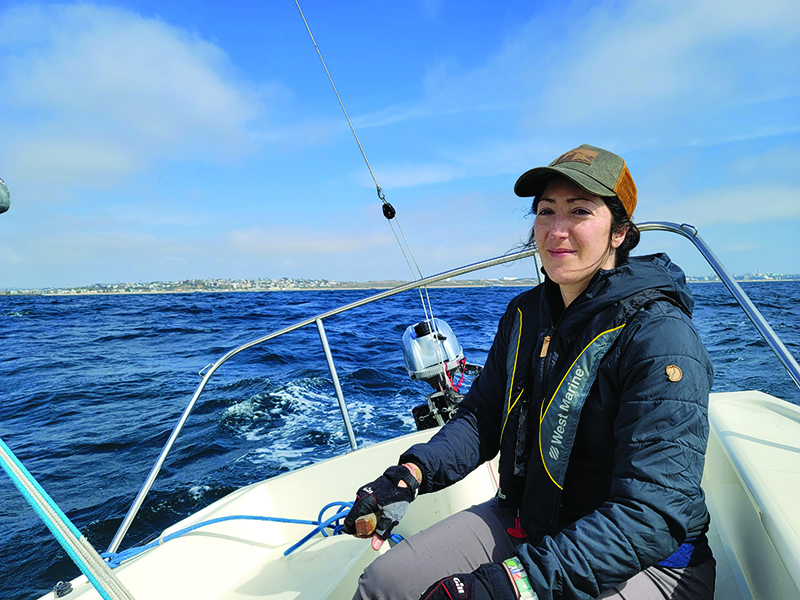
While filming Licorice Pizza, production sound mixer Lisa Piñero each day regularly ran up to fourteen radio mics. On White Noise, that number increased to twenty a day for several weeks. Both directors wanted the creative freedom of letting actors converse naturally without losing even a syllable in the edit. Fortunately, Lisa had the trust and understanding of her producers to request additional sound technicians when needed.
Yet, the outdated language in our contract places an unfair burden on the sound mixer who must negotiate for additional labor. I’ve often had to simultaneously discuss second boom assignments and mic over a dozen actors, each with their own set costumer. Getting this done often pulls the boom operator from rehearsals, which wastes production time and means no sound representative is on set during setup.
The modern Sound Department requires four people to work efficiently. Fewer people means compromise and physical duress. Having witnessed many cases where people are forced beyond reasonable limits has made this apparent to me.
I love the job and aim to fulfill it to the best of my abilities. But at this point, most productions should add a crew member to match the technological demands of current filmmaking.1
Q. Where do you hope to see your career go in the future?
A. Working on projects I care about is important. I also enjoy boom operating and I want to become a full-time operator this year.
Before the Eternity of Darkness, though, I’d like to retire, move to the country and rescue ugly dogs and expired farm animals.
Q. Are there any personal aspects of your career you’d like to discuss? Perhaps observations that might not be widely apparent to others? Anything else you feel is important to your Hollywood story?
A. I’m usually a proponent for letting the work speak for itself, but I’d like to mention how liberating the on-set culture change has been since the #MeToo movement. The work environment has improved. I cherish particularly having worked for icons like Robin Thede and Ava DuVernay. The work they produce is engaging and culturally important. How they produce the work is having a humanizing effect on Hollywood.
I am also very proud of what Local 695 has done in the past two years on inclusion and training. Both the Diversity, Equity and Outreach Committee and the Y-16A Training Program had difficult beginnings and were met with much resistance. But the continued efforts of their founders generated some necessary and difficult conversations within our own Hollywood Local.
If it had not been for the Y-16A Training Program, many former trainees now in Local 695 would not have been able to enter this business. The relentless efforts of our colleagues, Board members, and the leadership are producing lasting change.
I’d like to thank Eva for her time and generosity in helping me put this article together for our Local and for bringing her expertise to our magazine.
